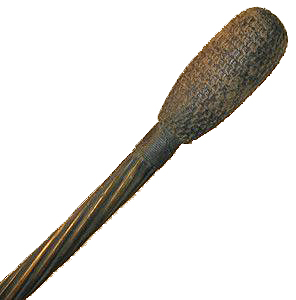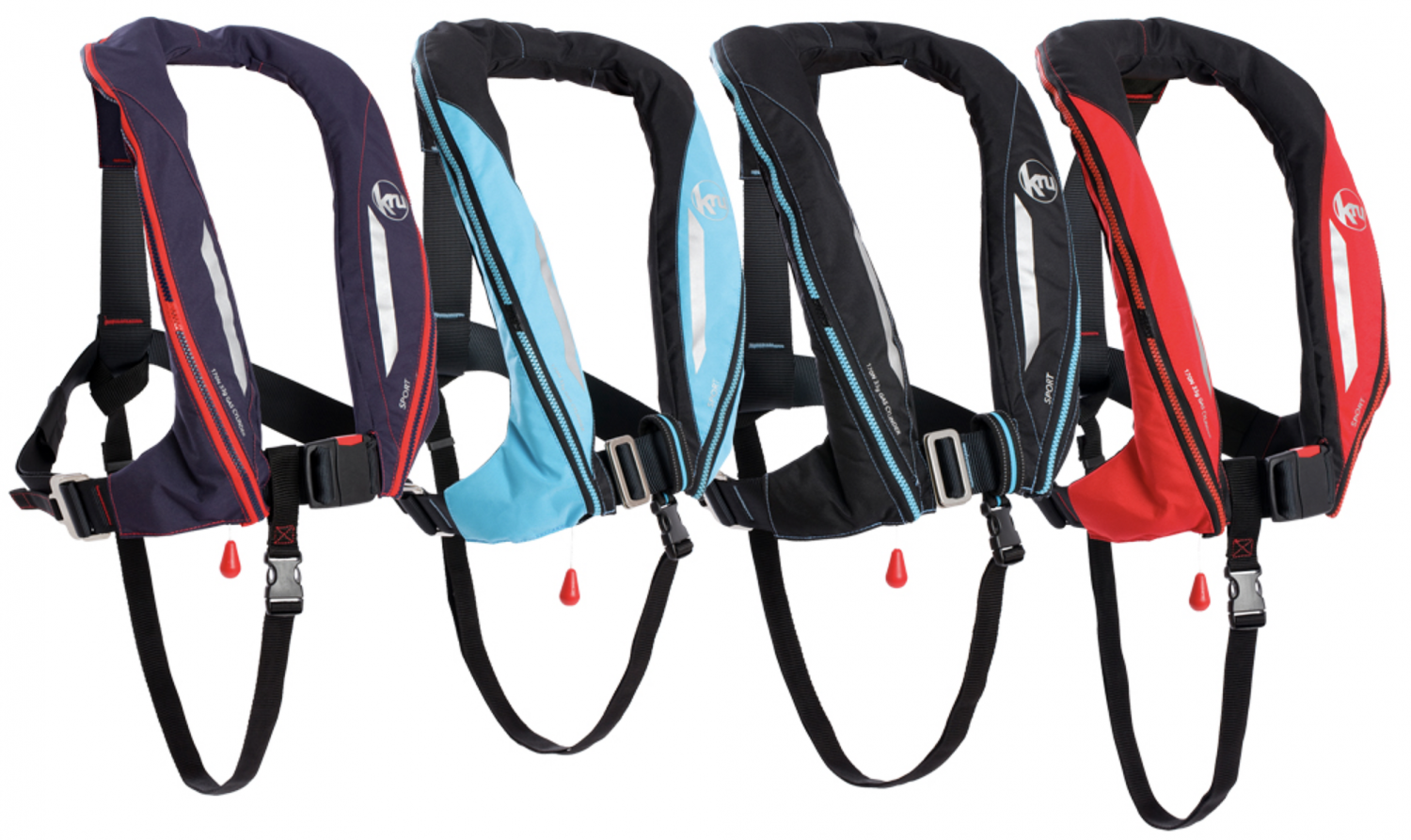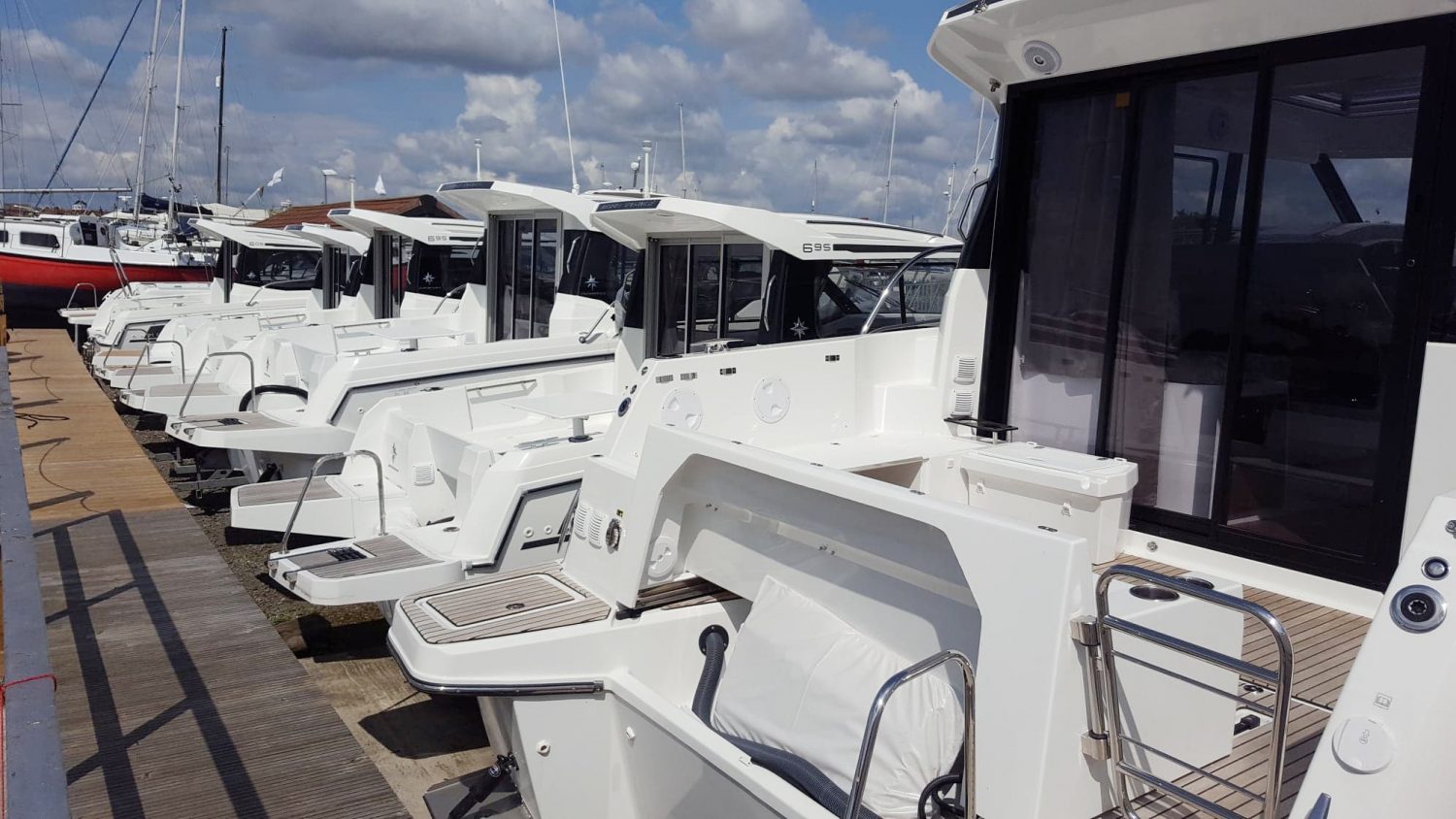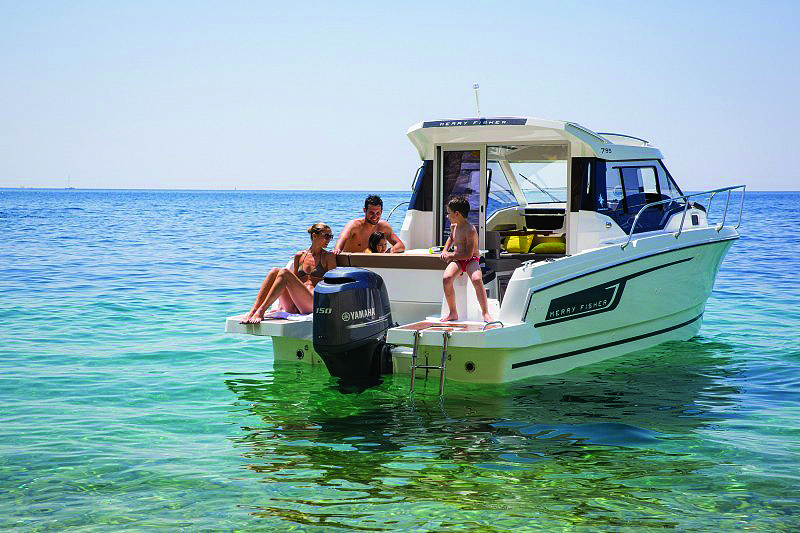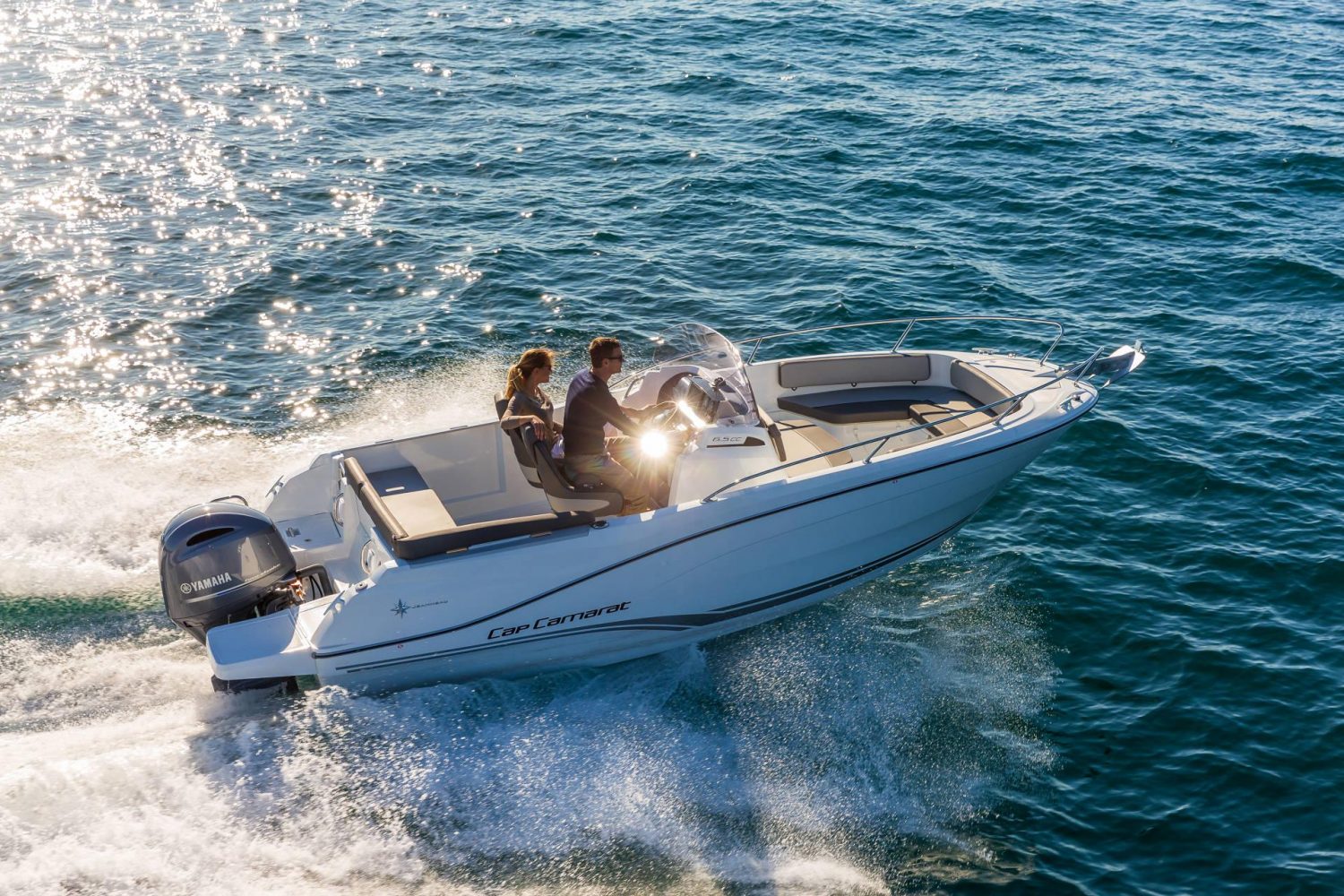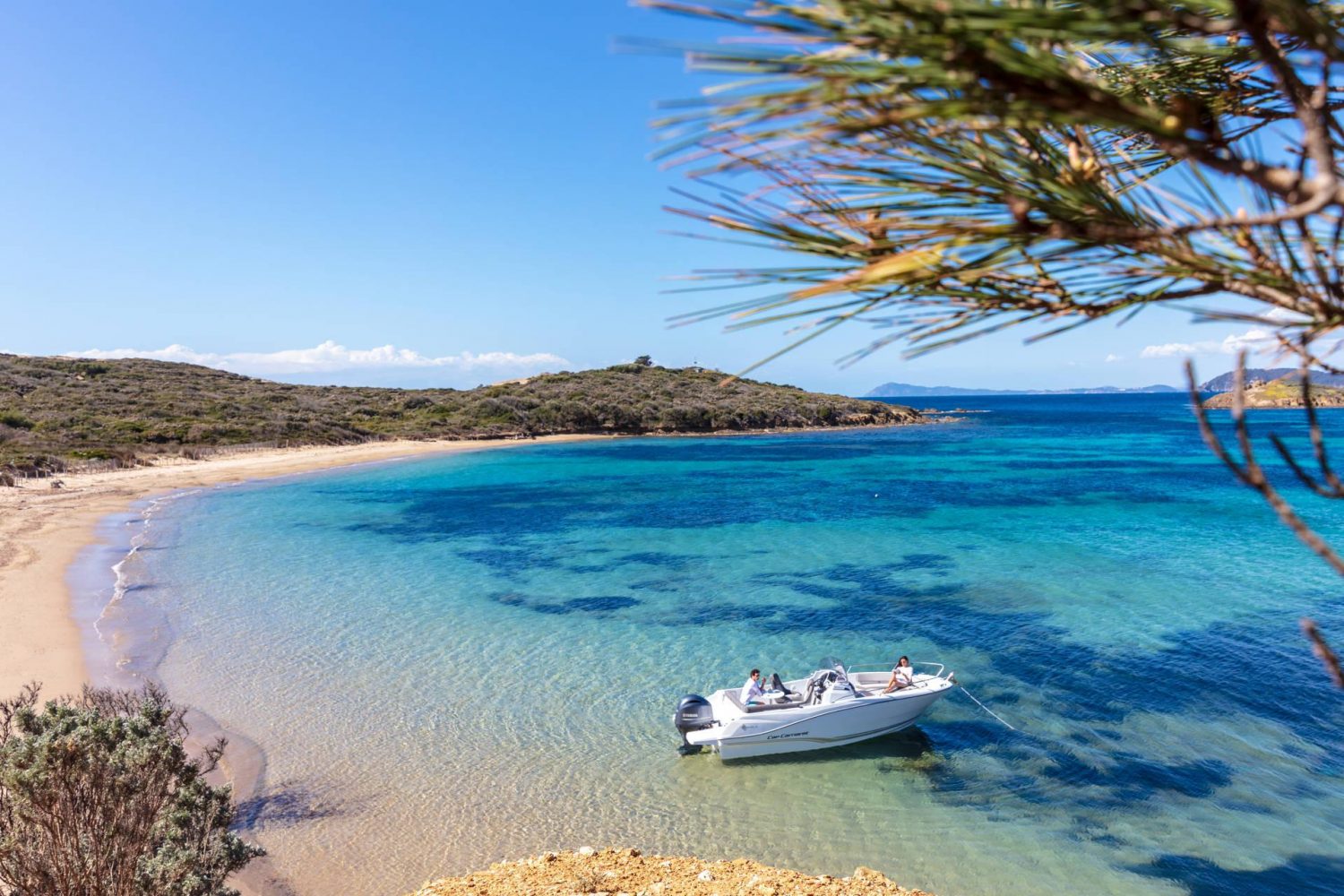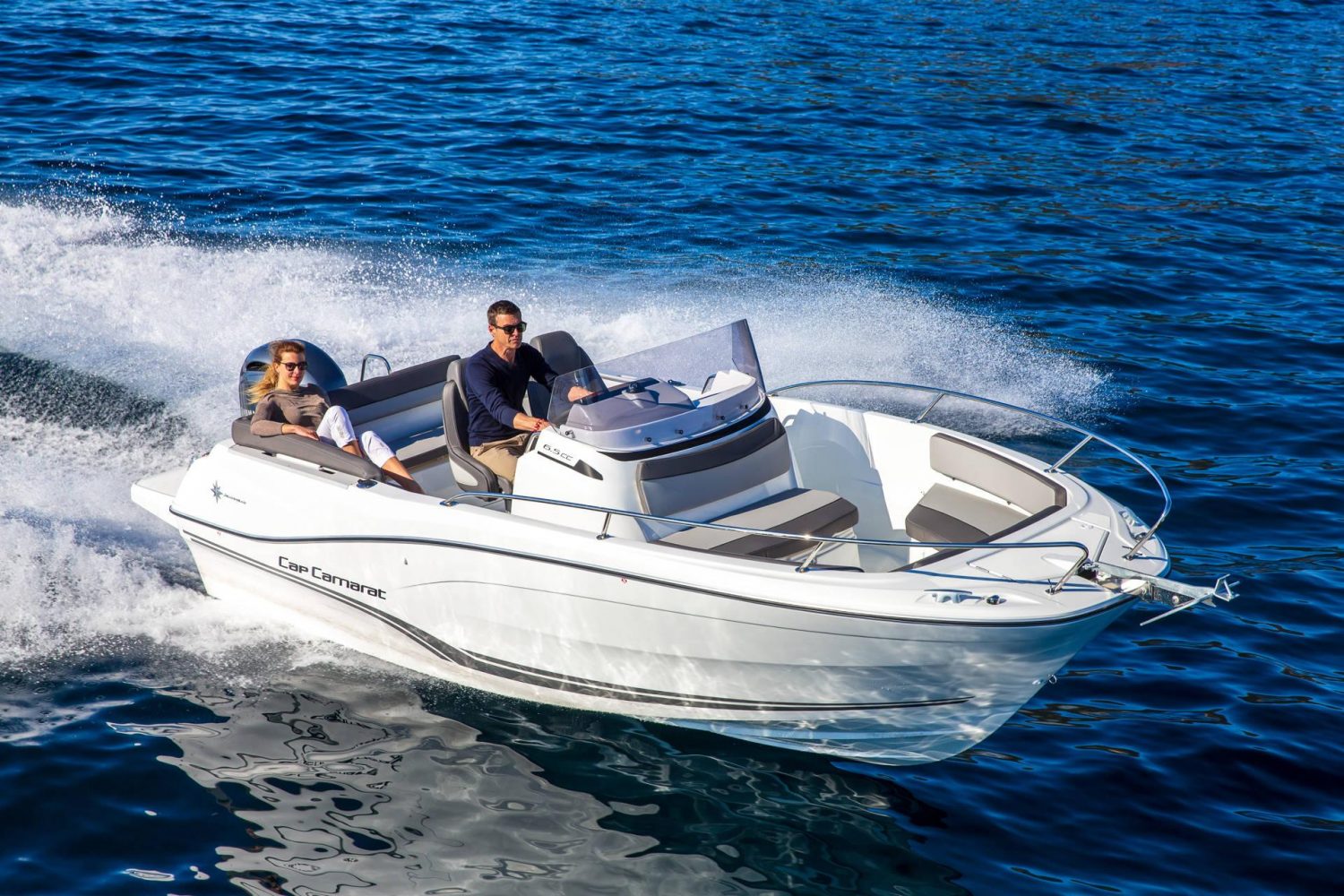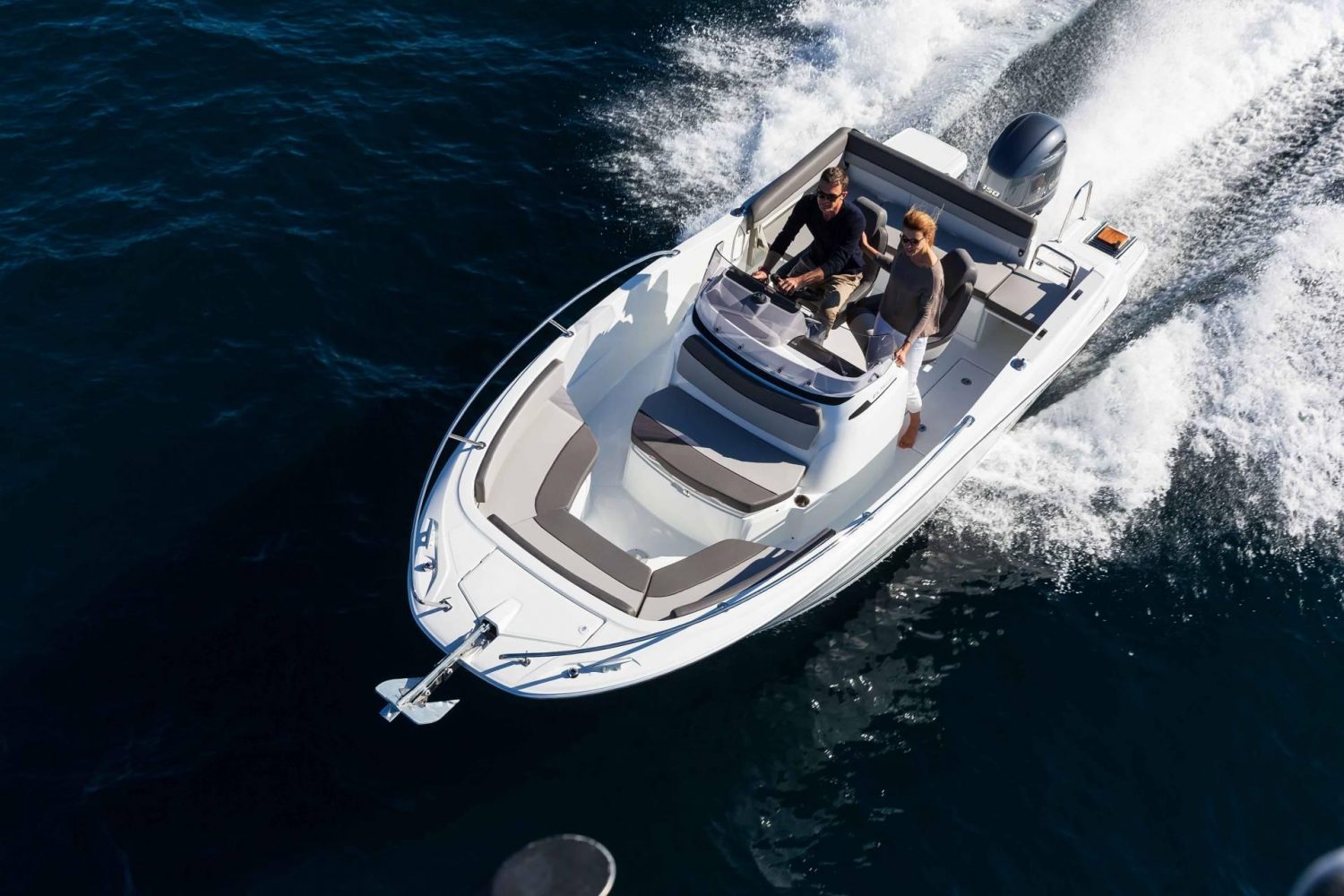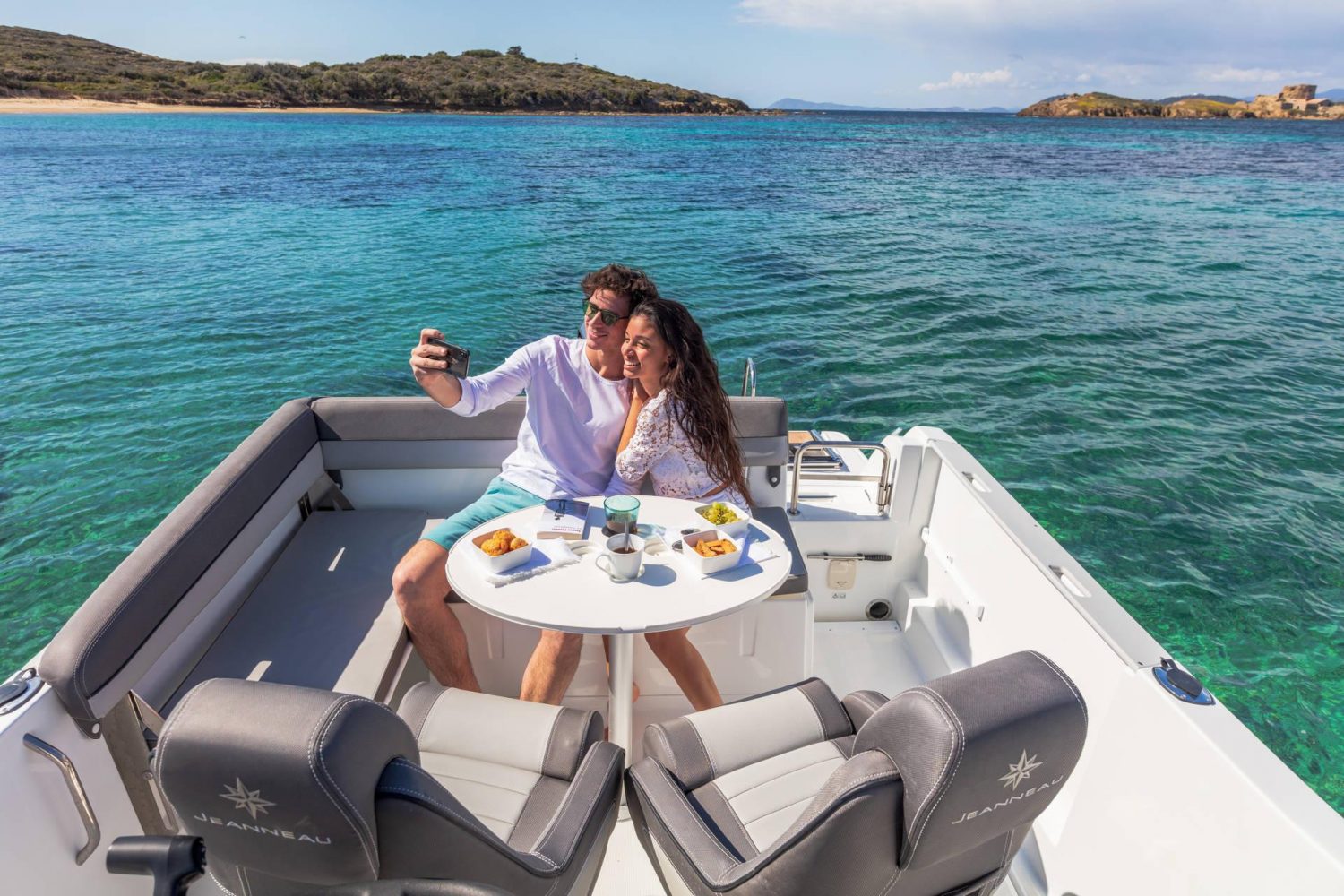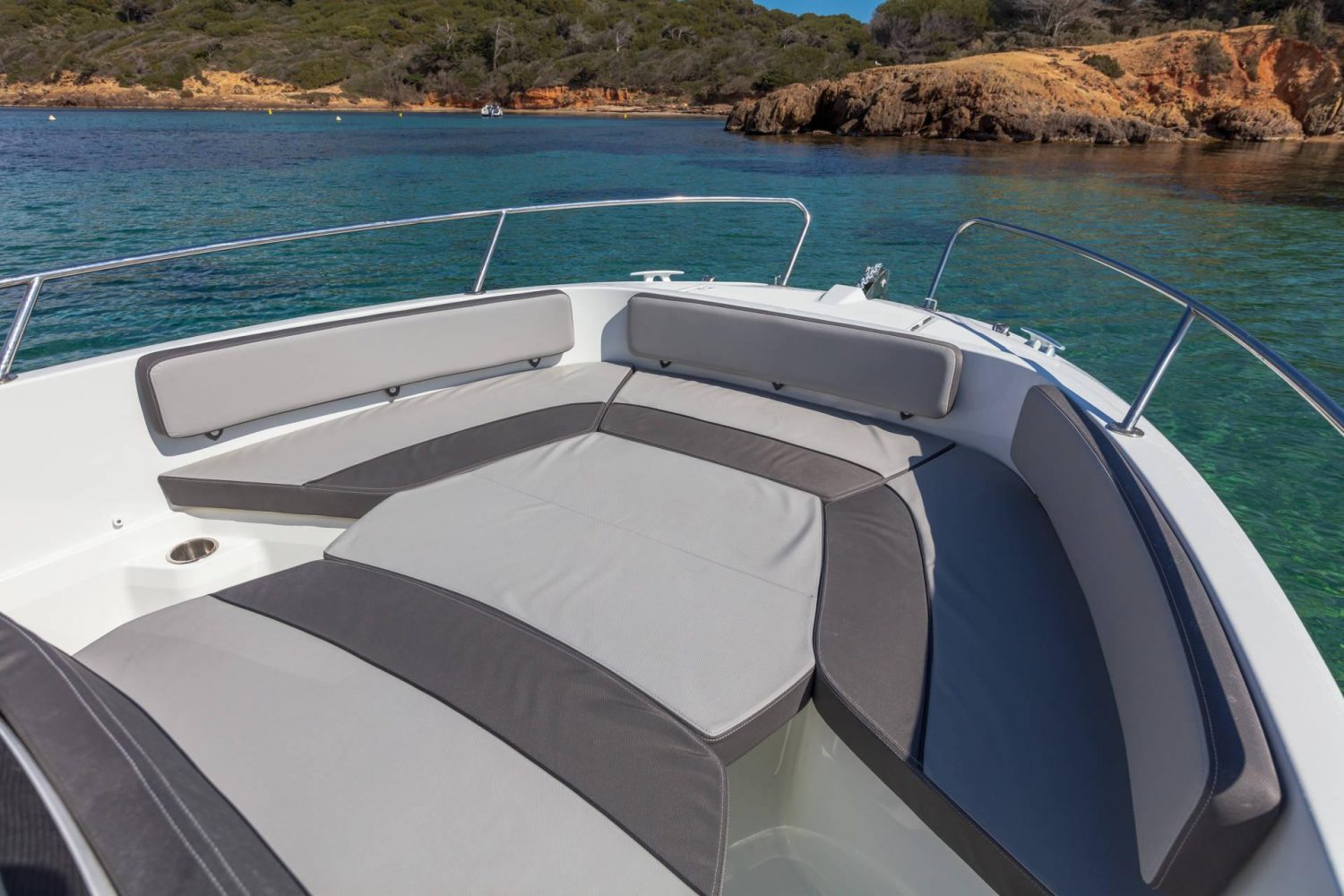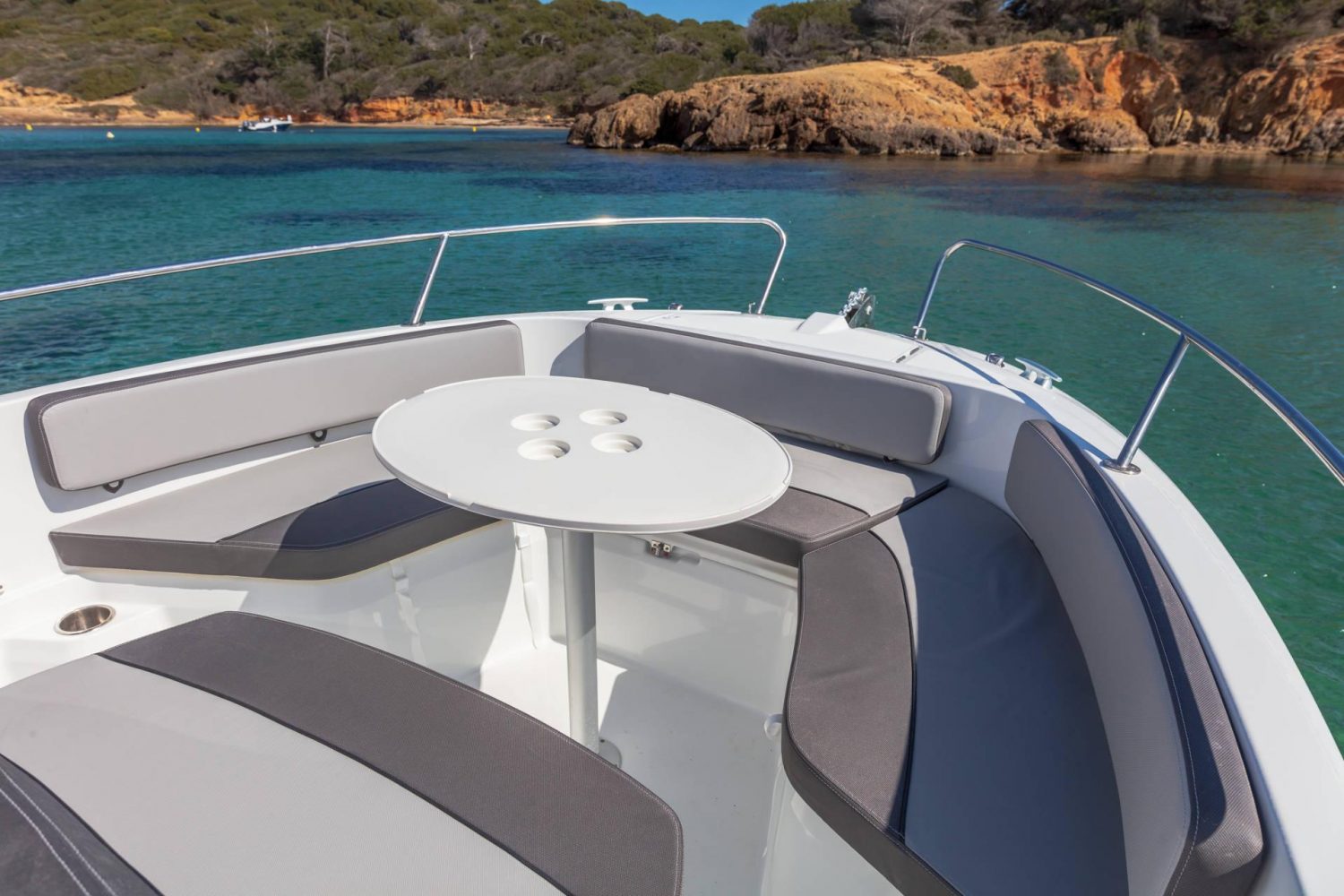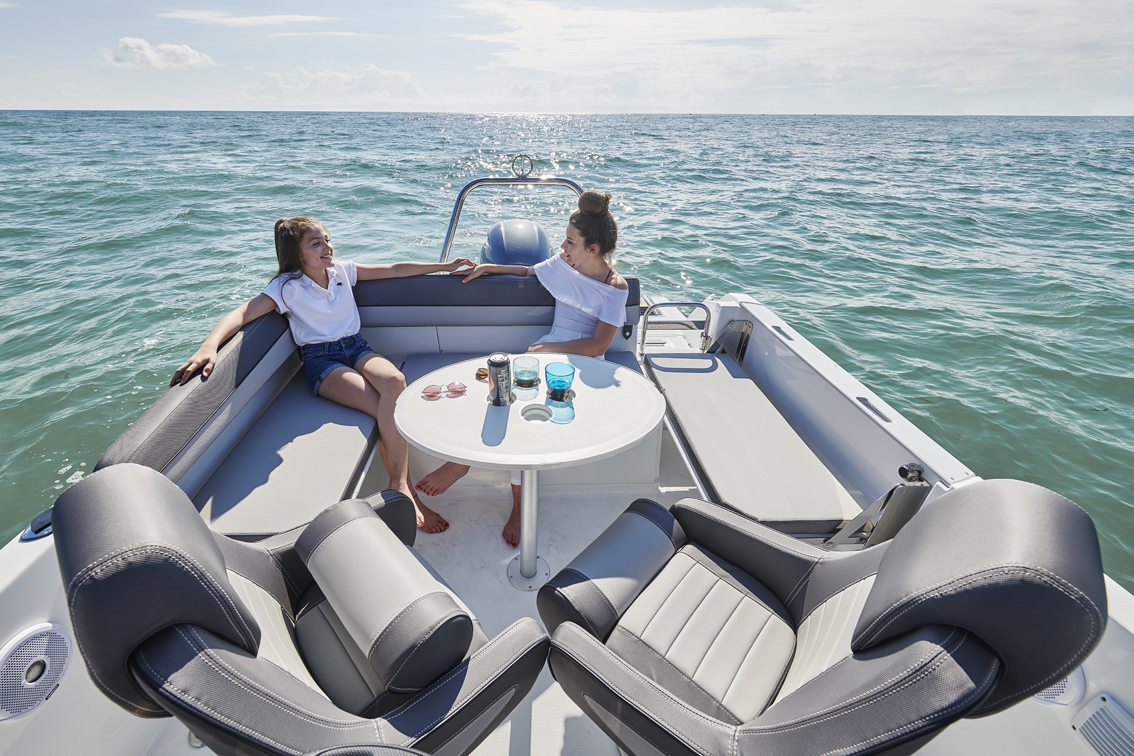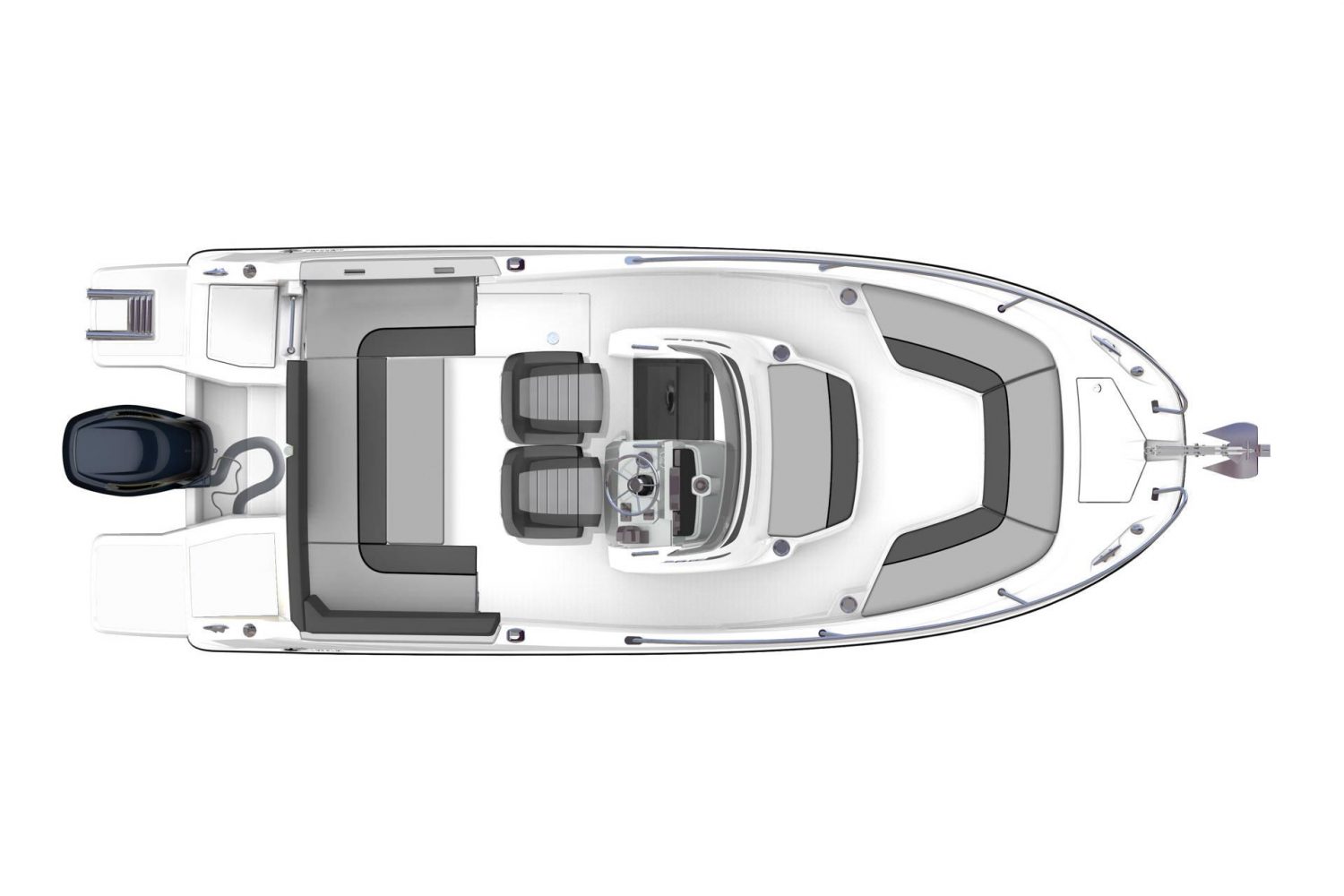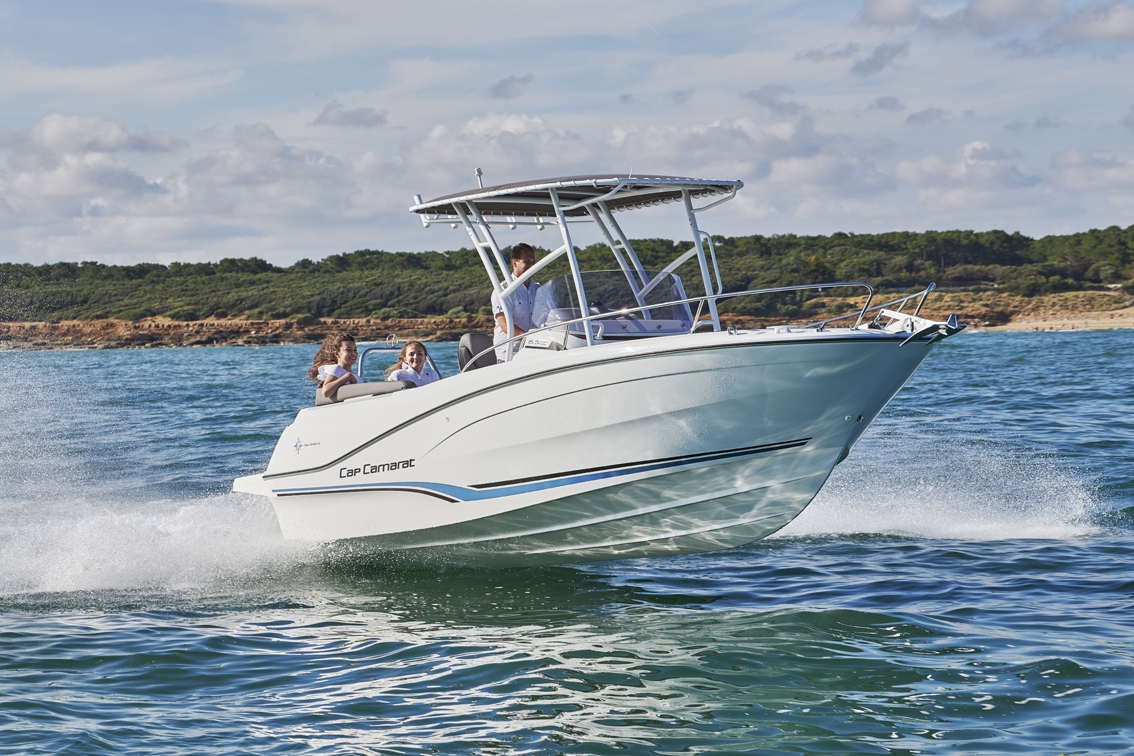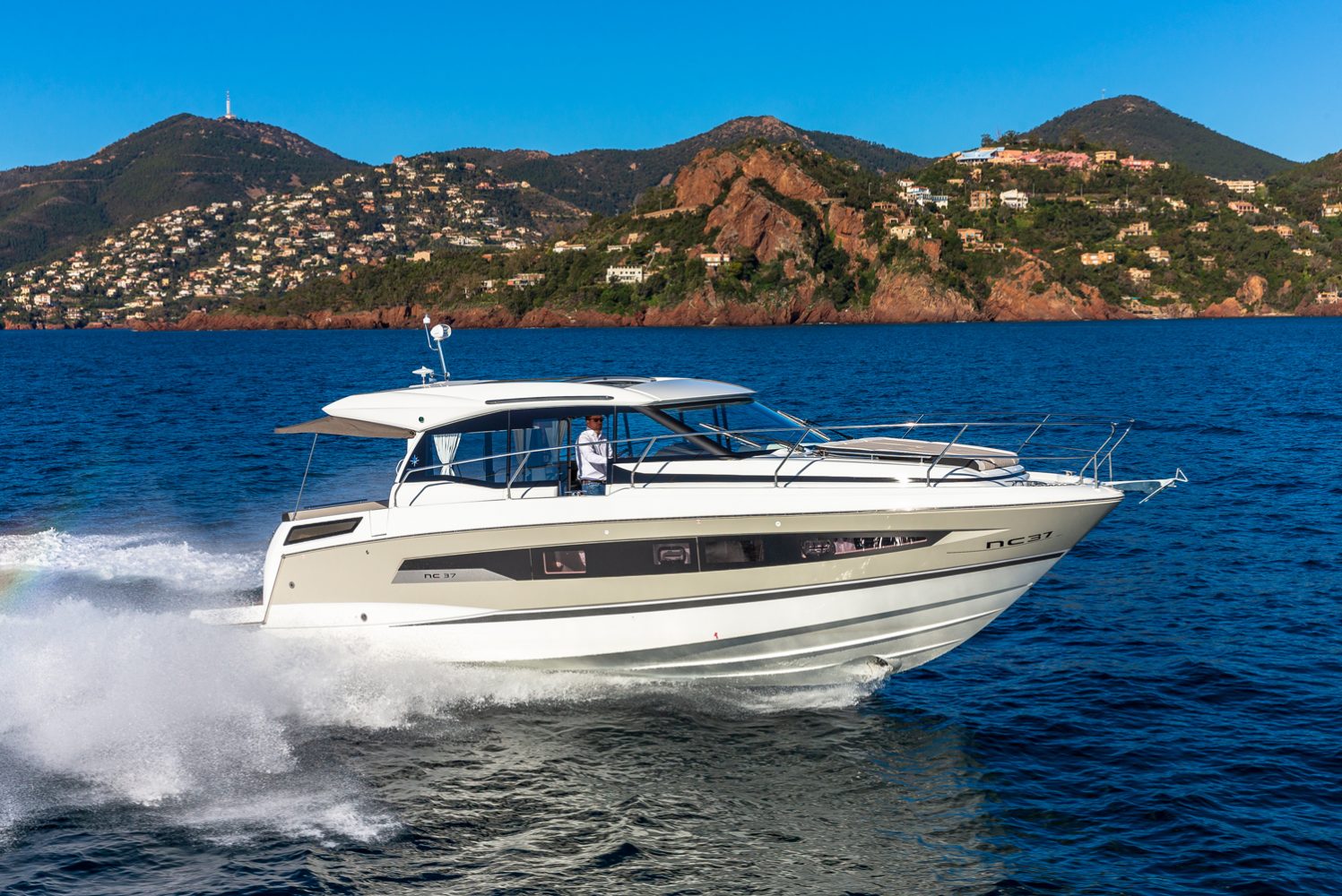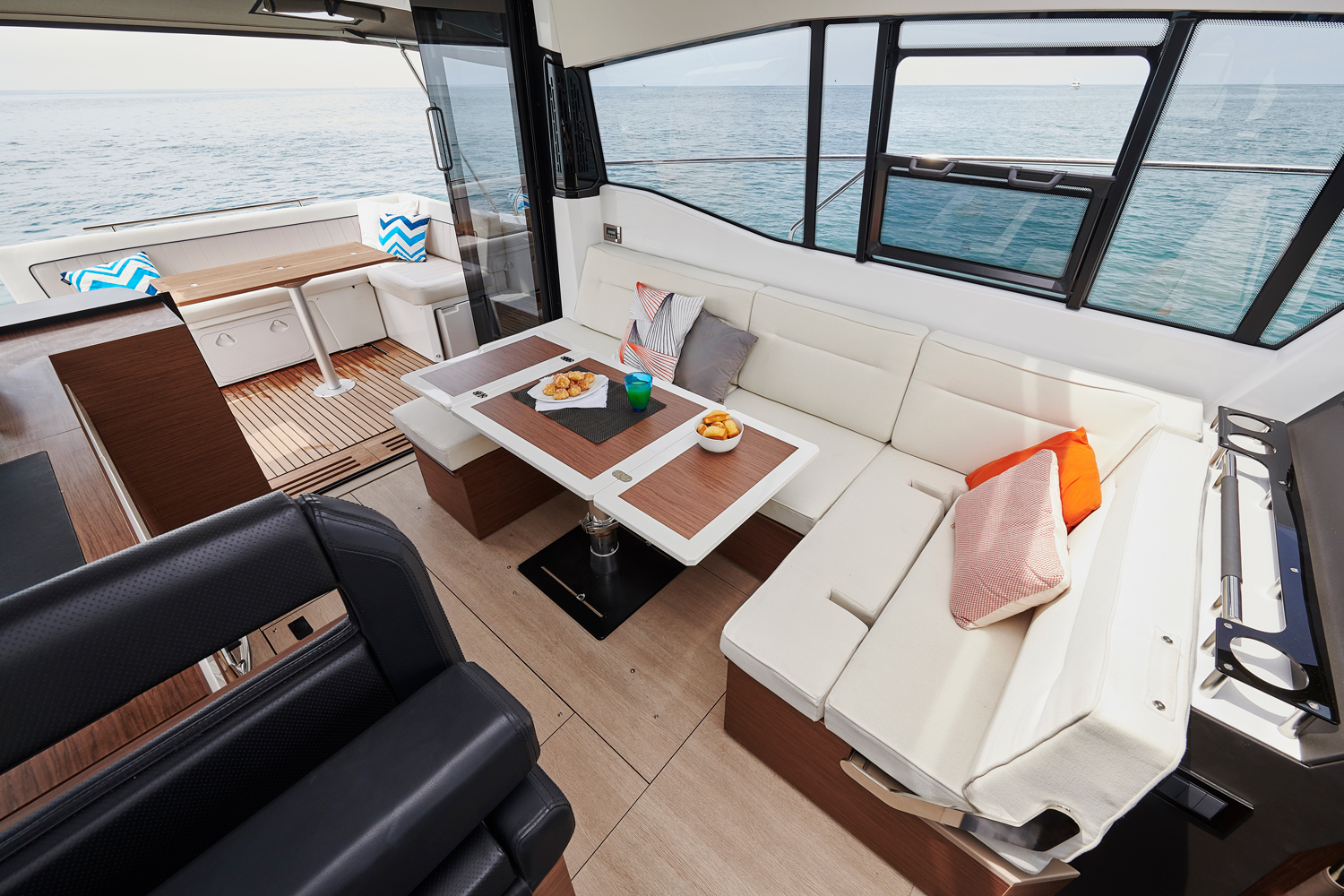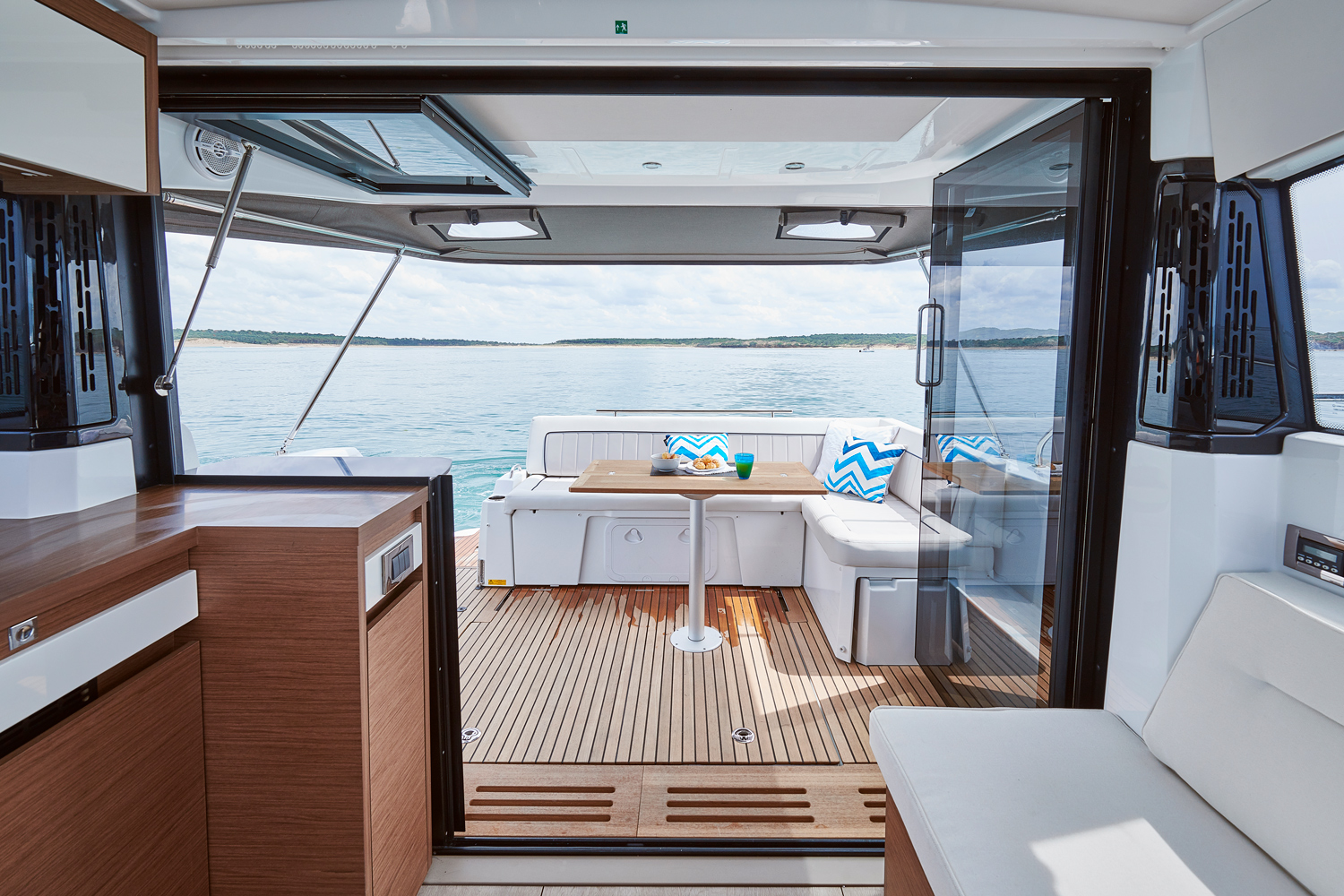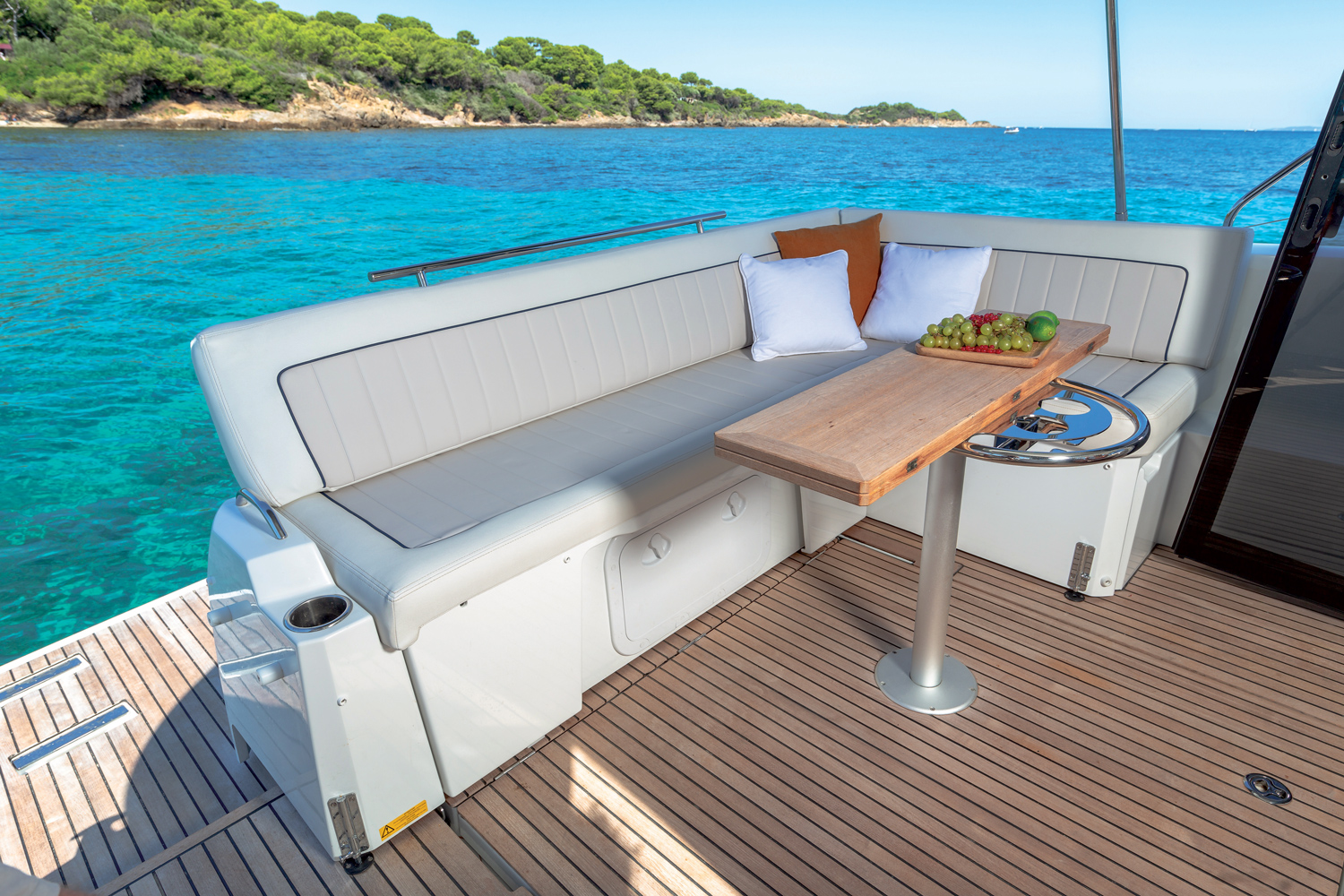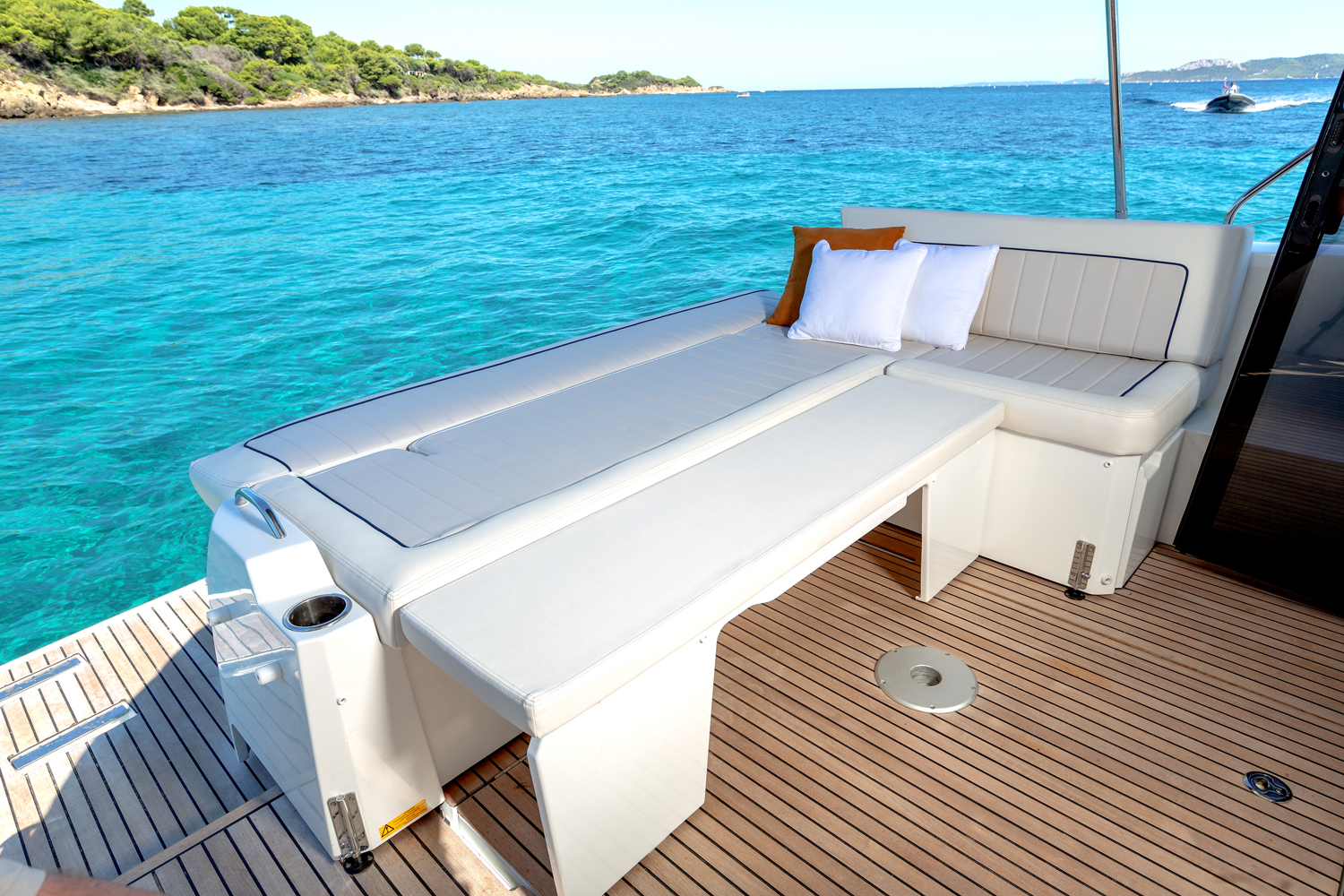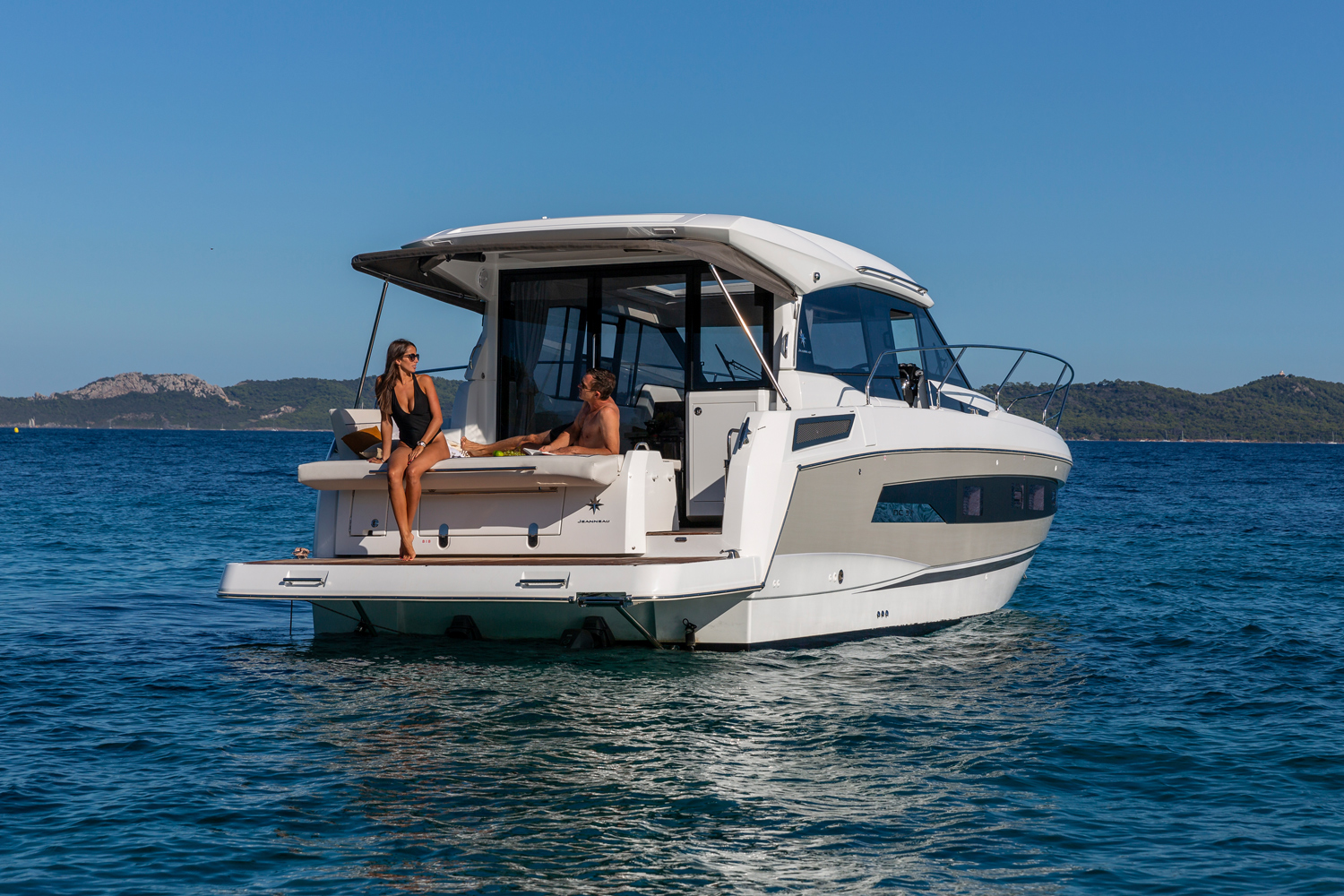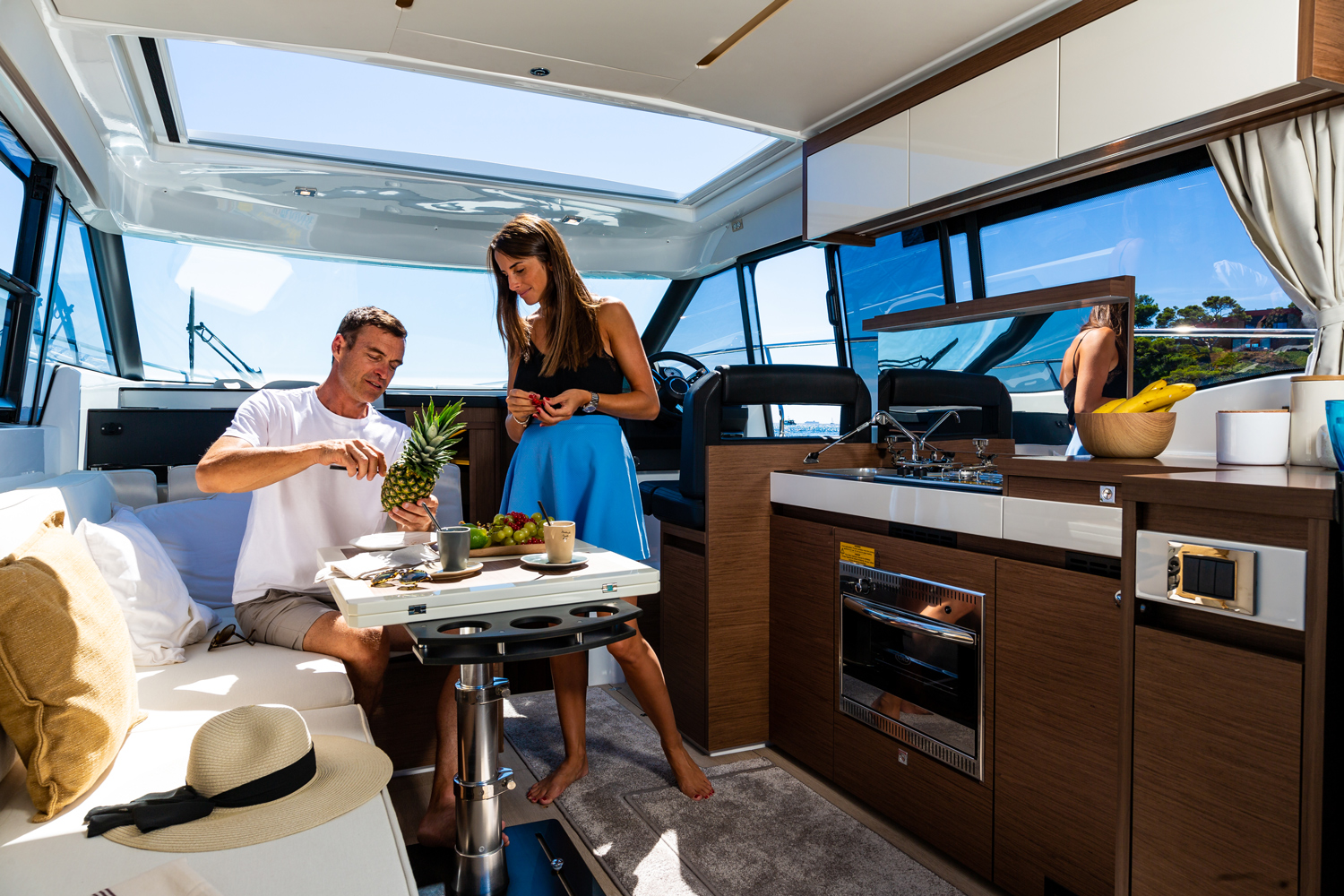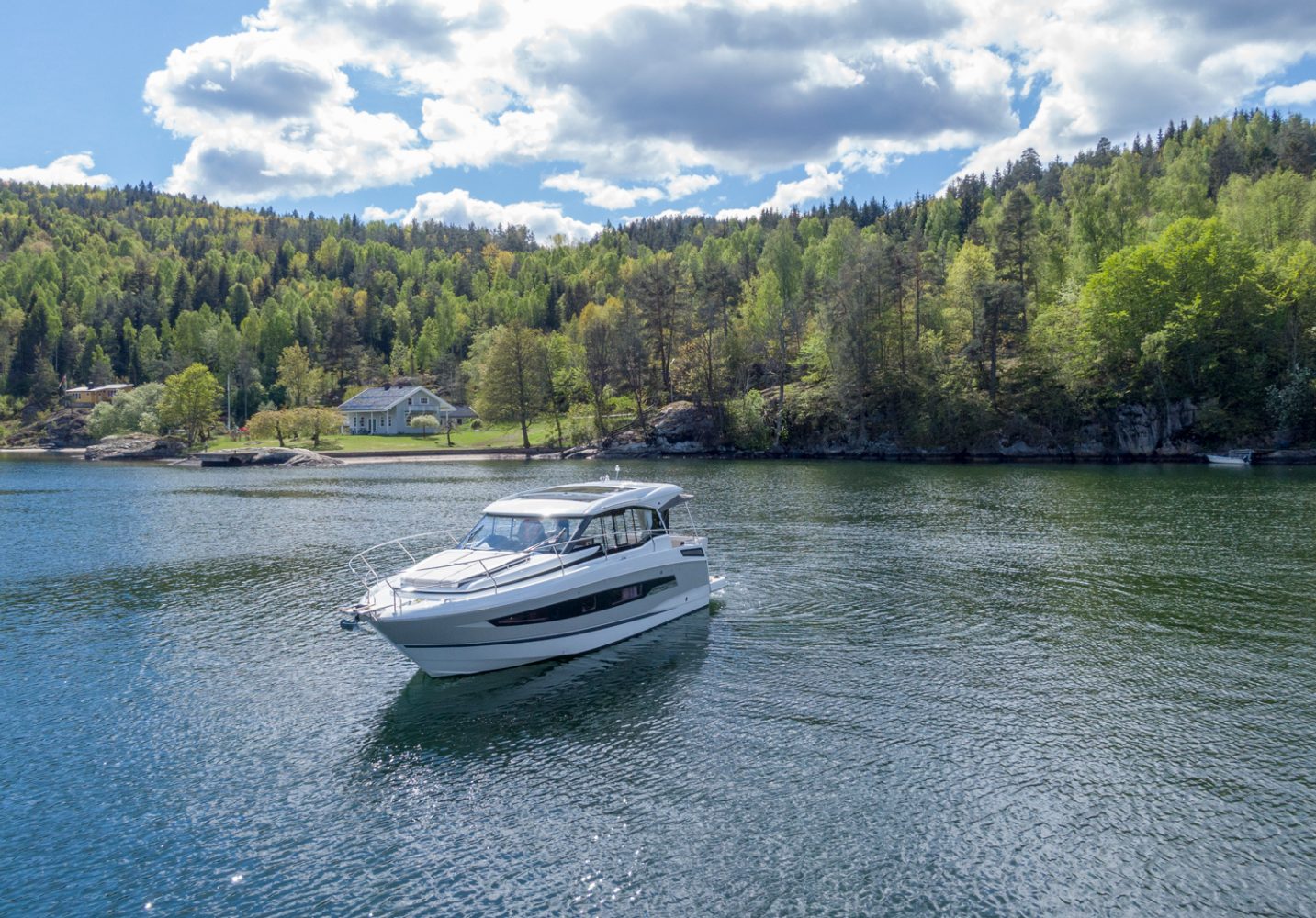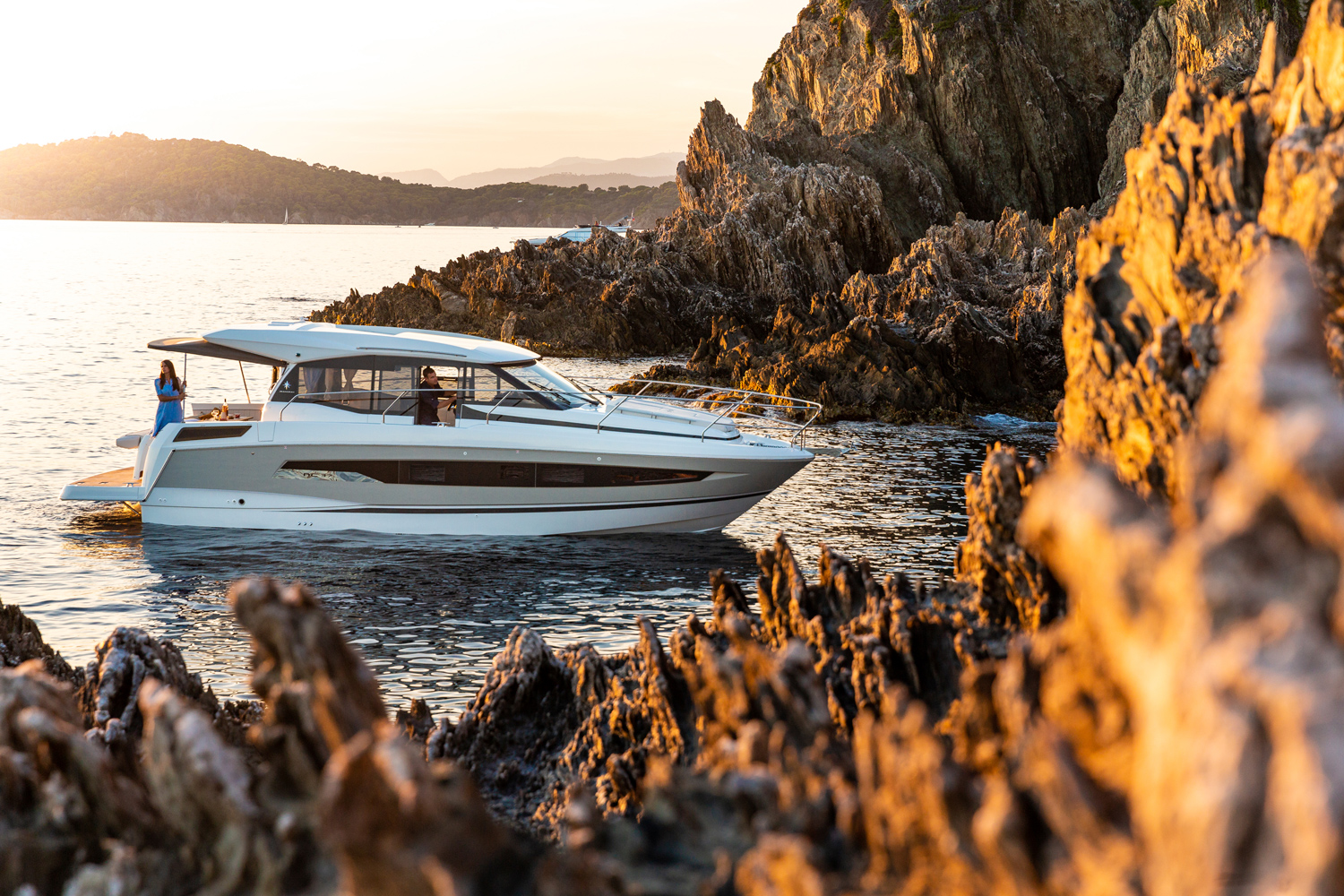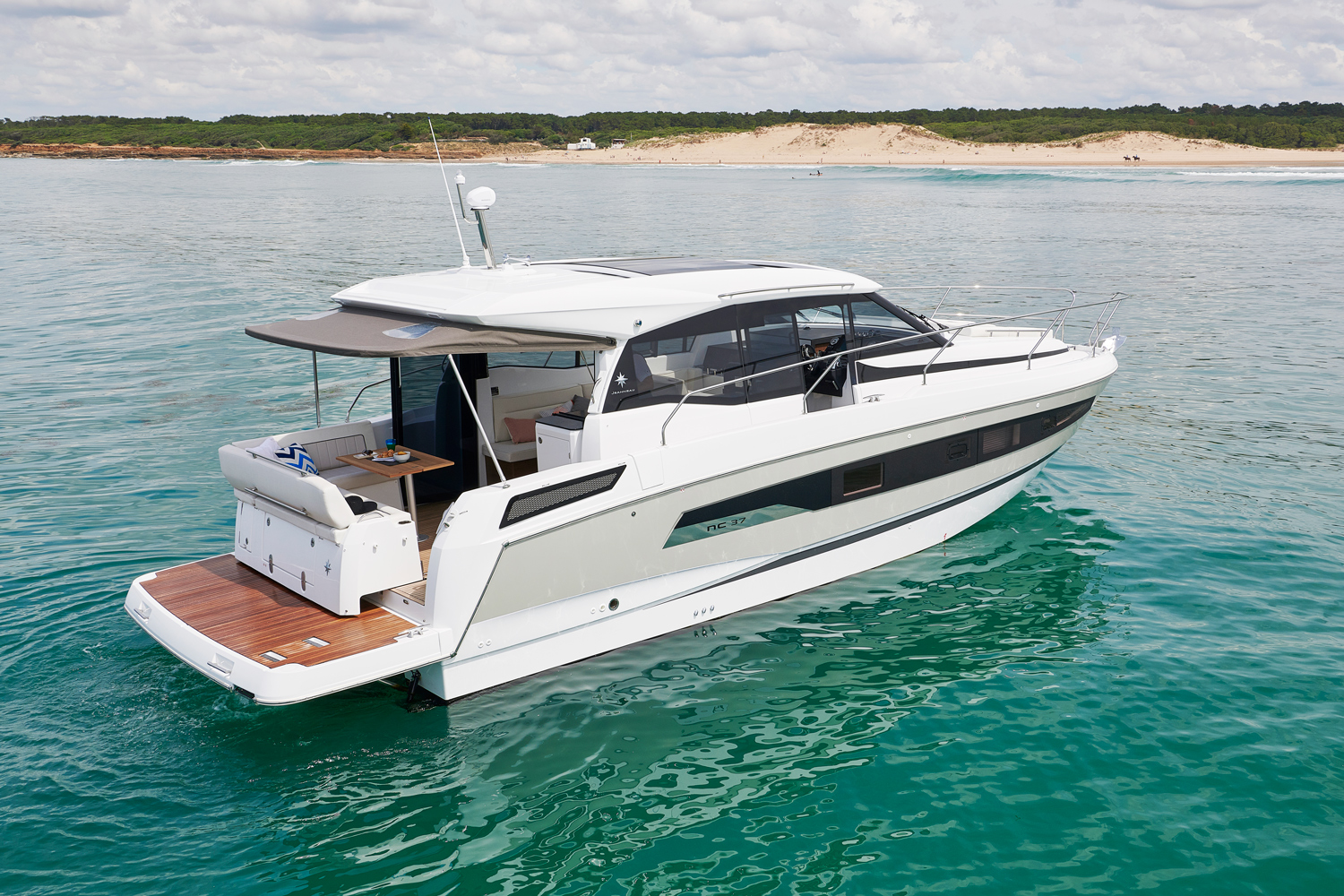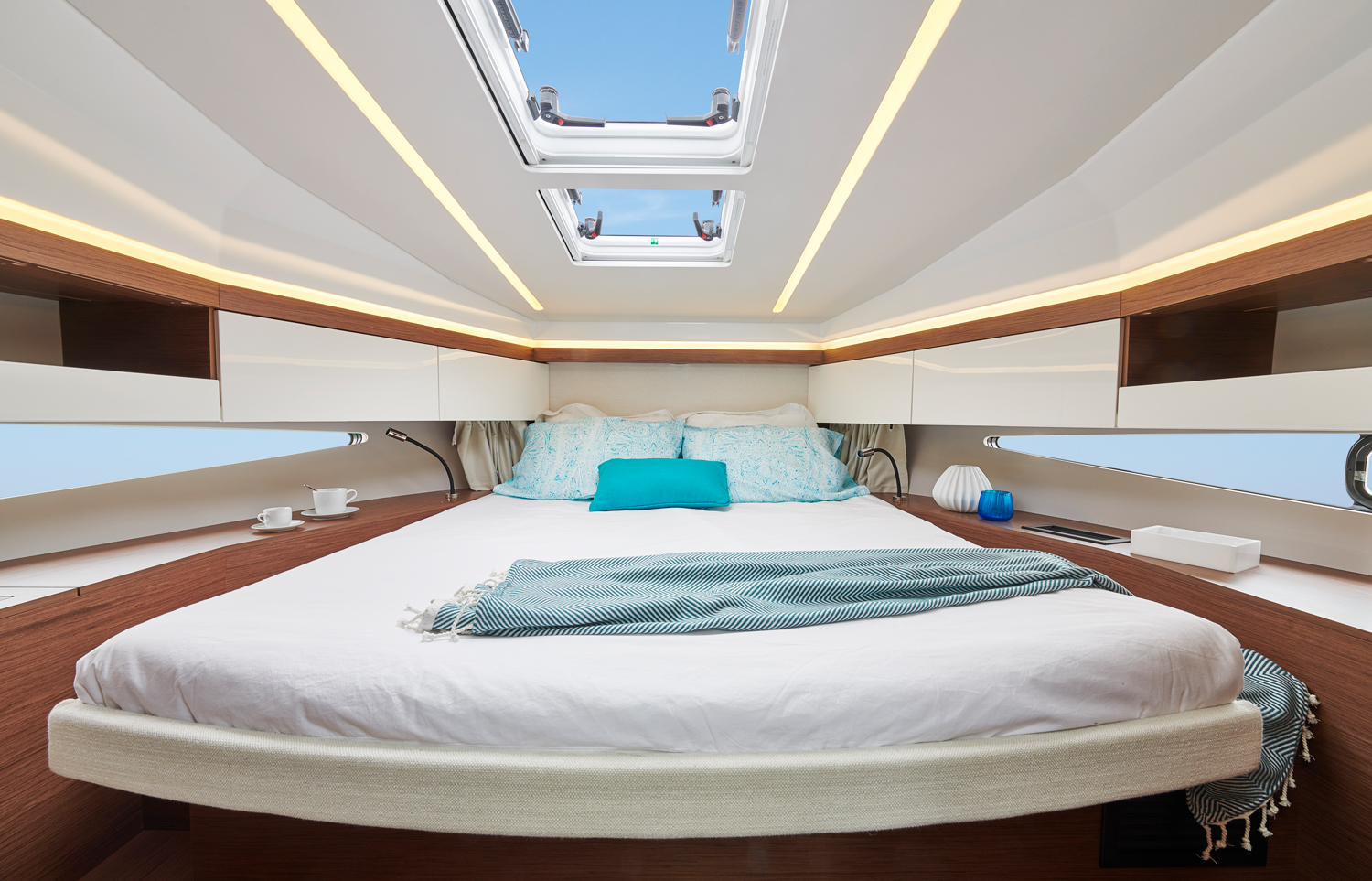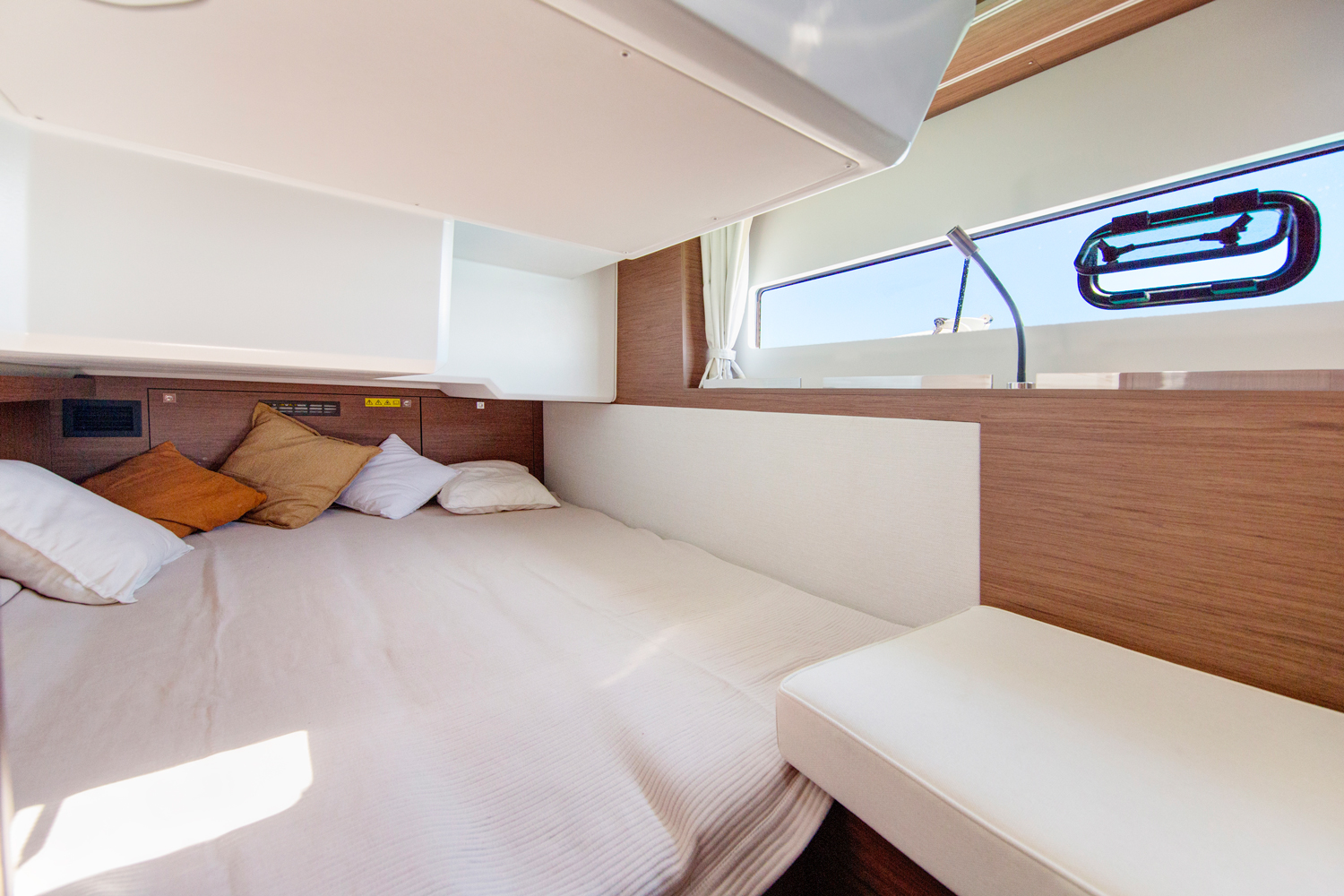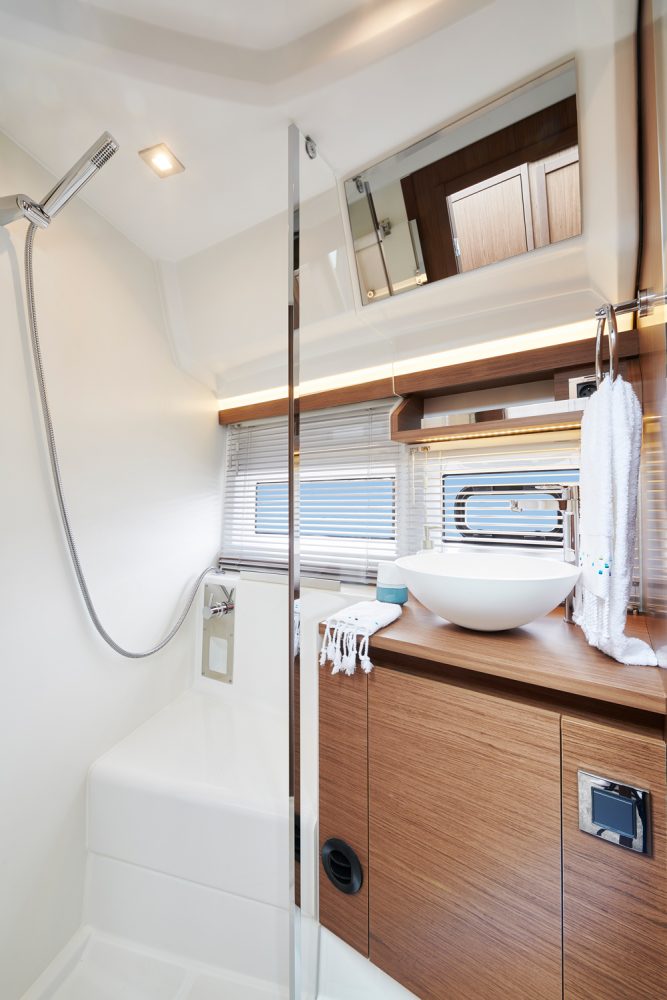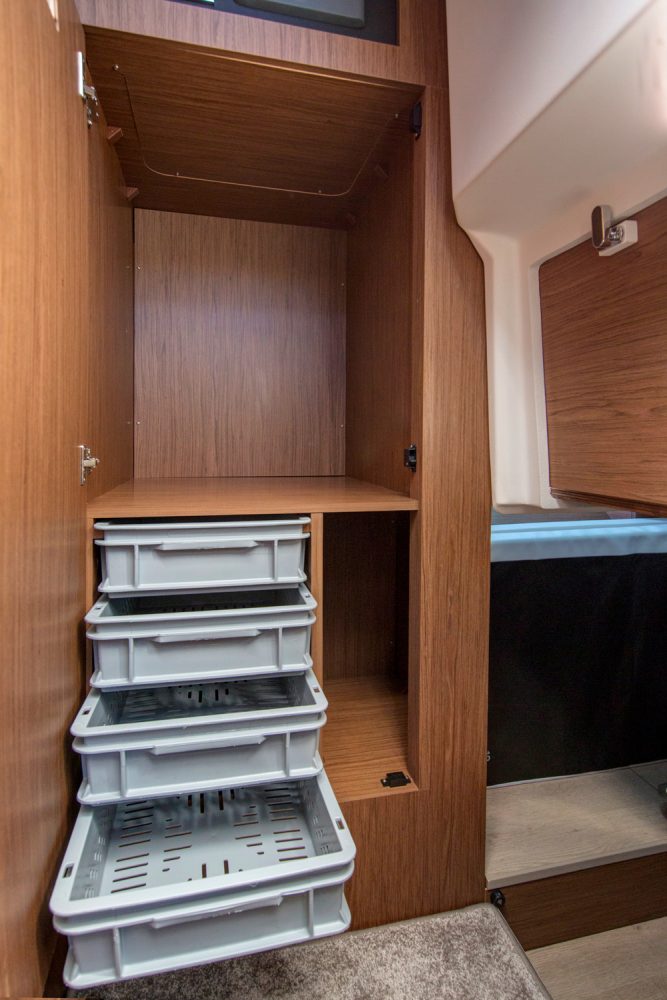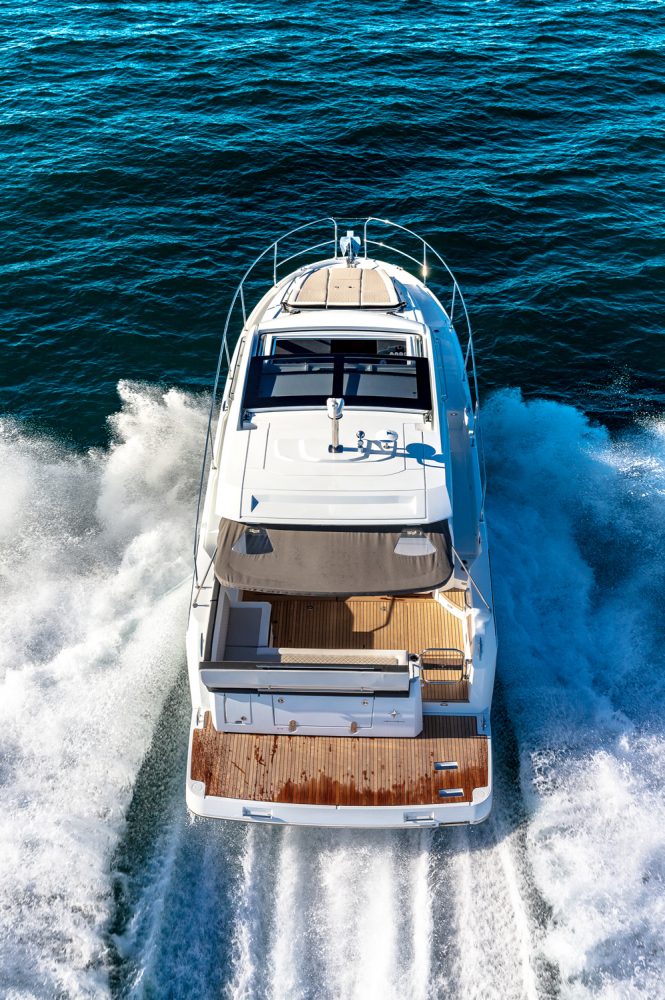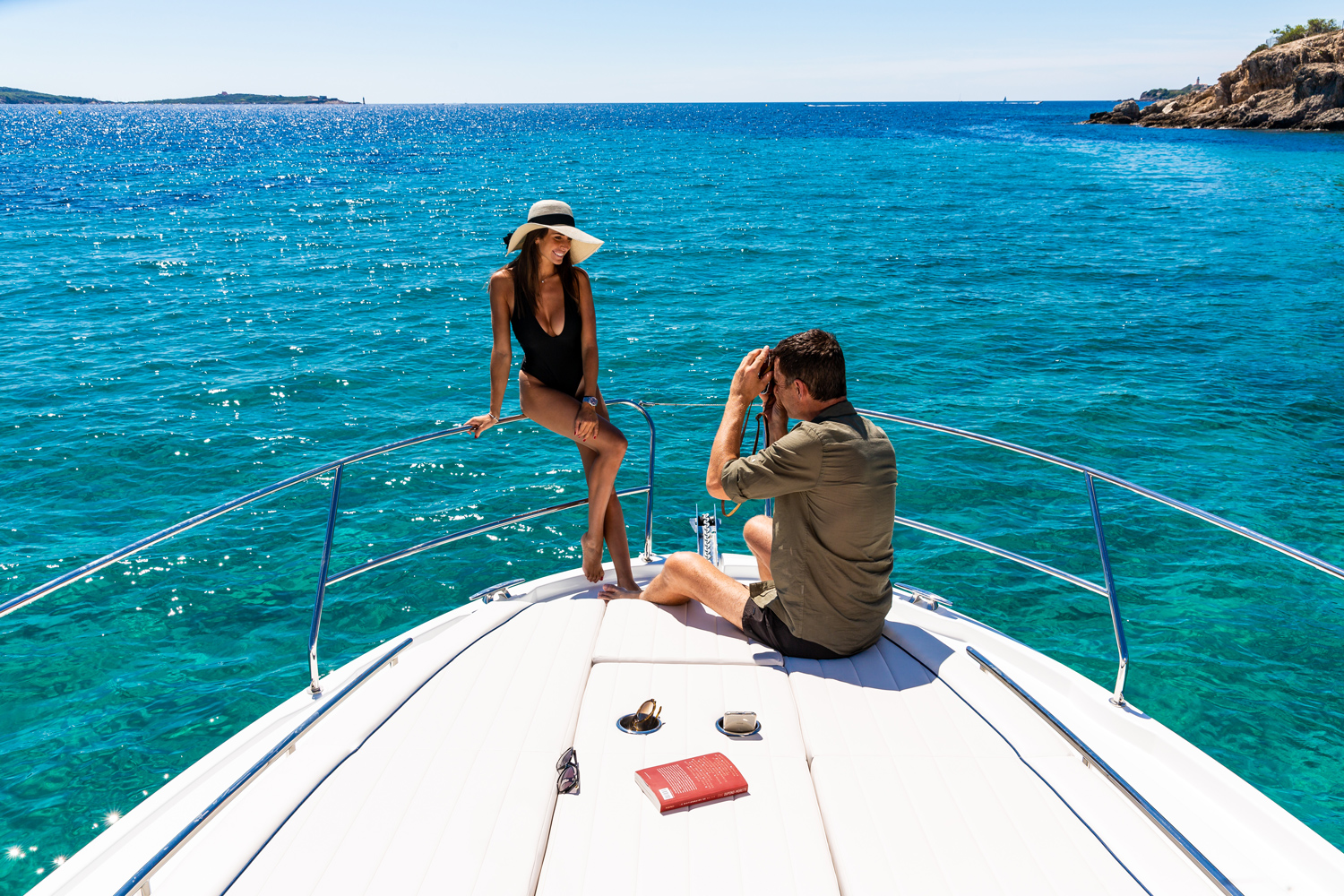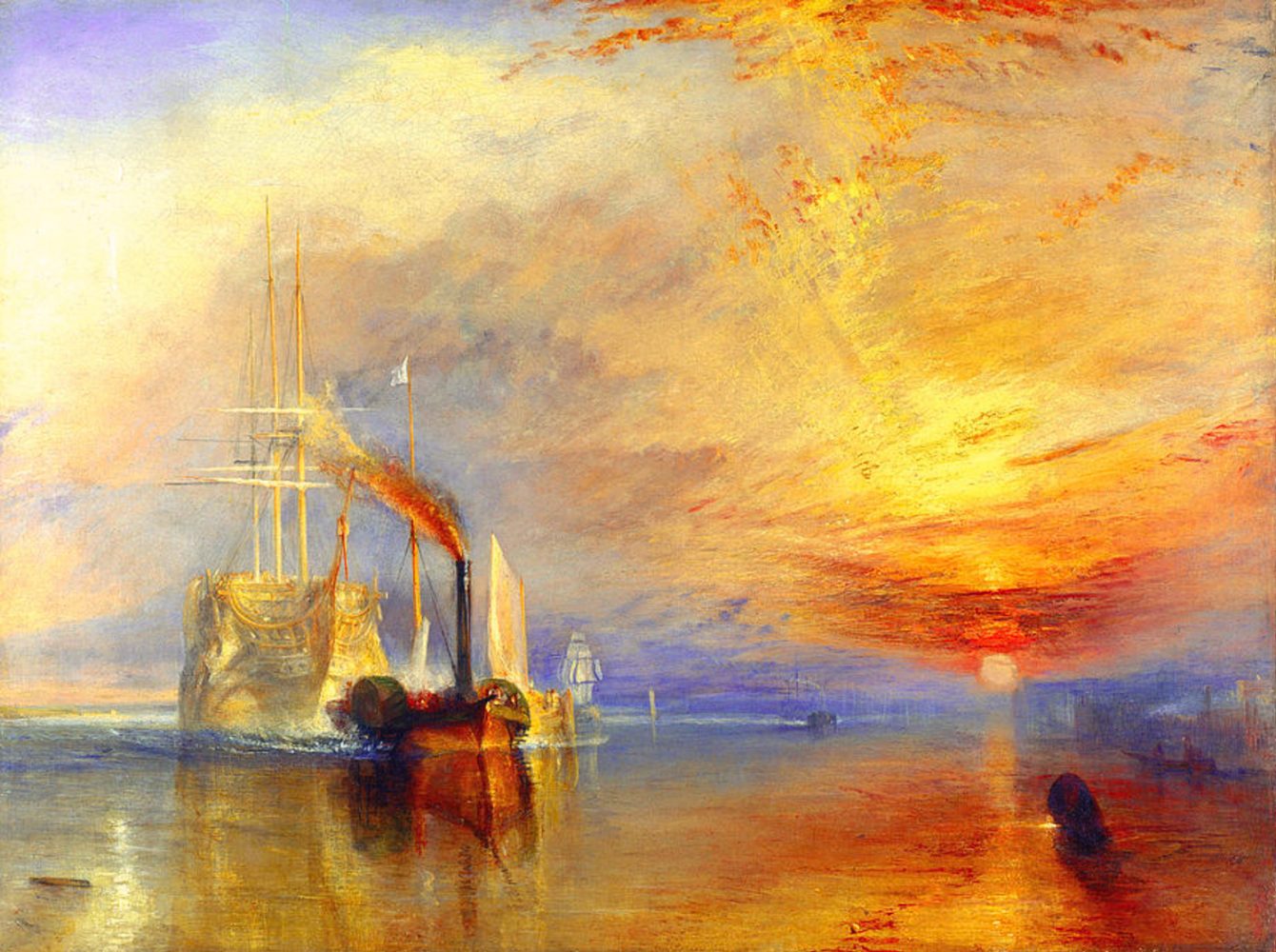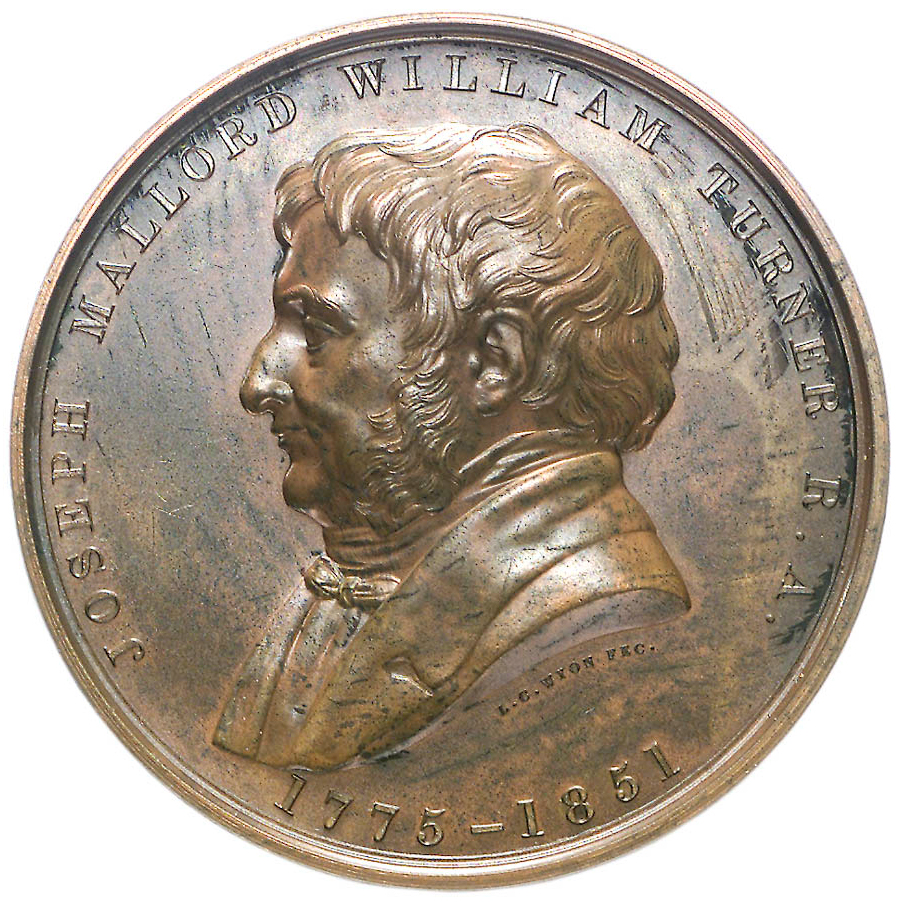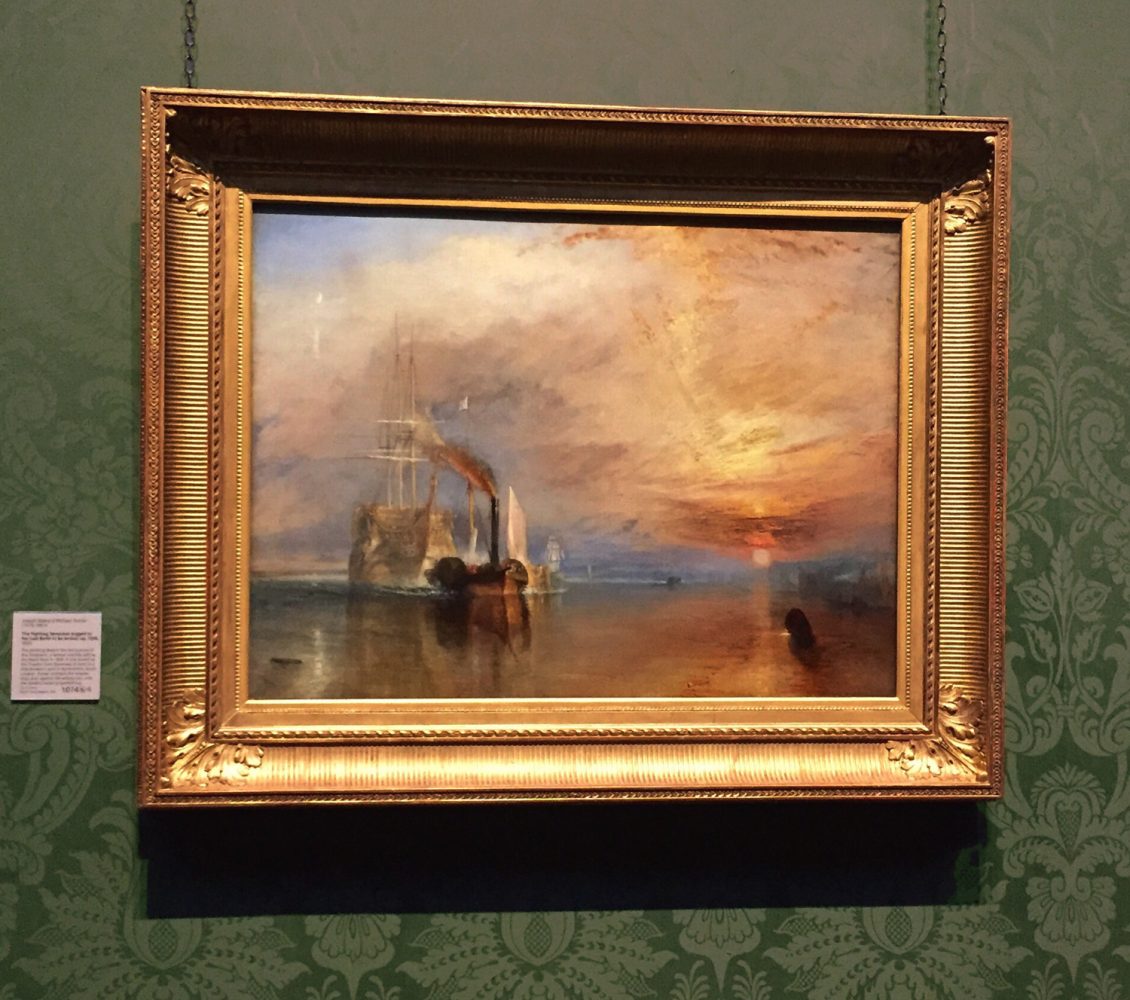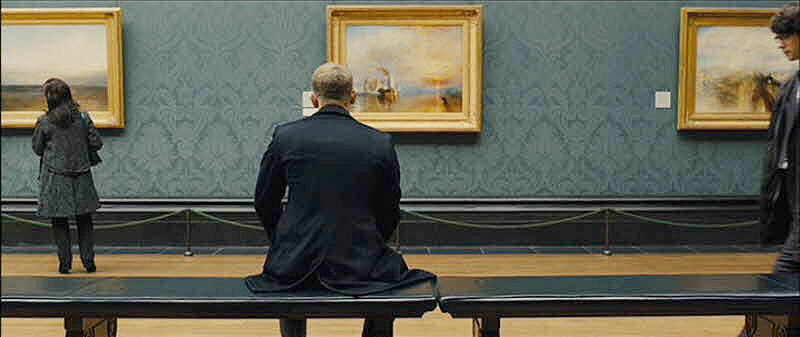Home »
With almost 50 years of trading, Morgan Marine has built-up a solid reputation within the leisure marine industry, maintaining our vision of being the best small boatyard in the UK by far.
We are now embarking on exciting expansion plans that will form part of our journey in earning our place amongst the best small boatyards in the world. We are looking for a hardworking, energetic, driven and self-motivated junior yardsperson to join our existing Yards team to assist with boat movements and general maintenance around our boatyard.
Reporting to the Senior Yard and Grounds Technician, and working as part of a small and dynamic team, the role will comprise:
- Carrying out various tasks to help organise the land- and water-based storage facilities that exist within the boatyard
- Setting-up boat cradles and blocks for boat storage
- Hoist operation, once suitably-trained
- Tractor duties, once suitably-trained
- Fork Lift Truck duties, once suitably-trained
- Waterborne activities to do with maintenance of pontoons and moving boats
- Daily pontoon and boat security inspections
- Site presentation through tidying, weed management, litter and waste stream management
- Power washing, boat antifouling, valeting and polishing
- Upkeep of presentation of new and second hand boats
- General maintenance to buildings and plant
- Presentation and upkeep of yard stores and yard restroom/engineers office
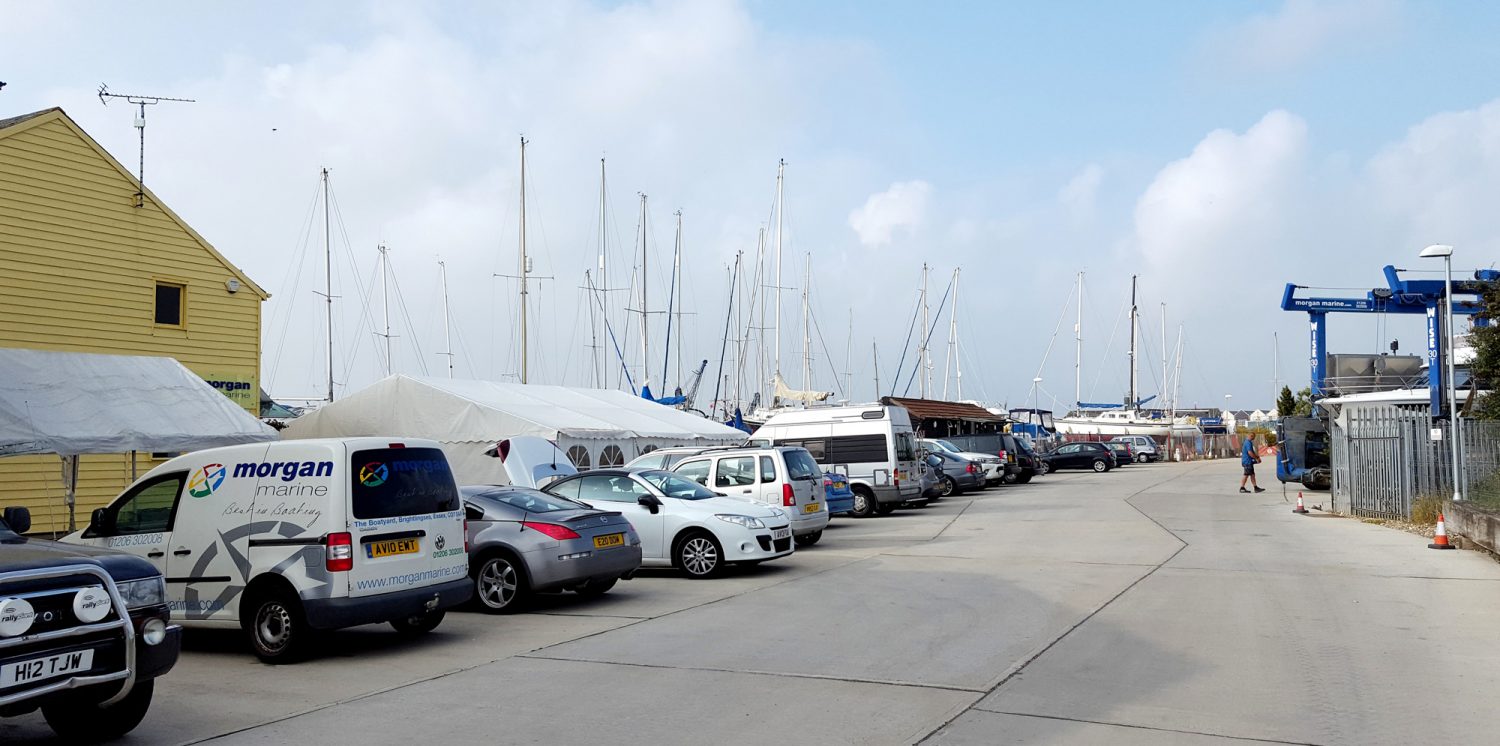
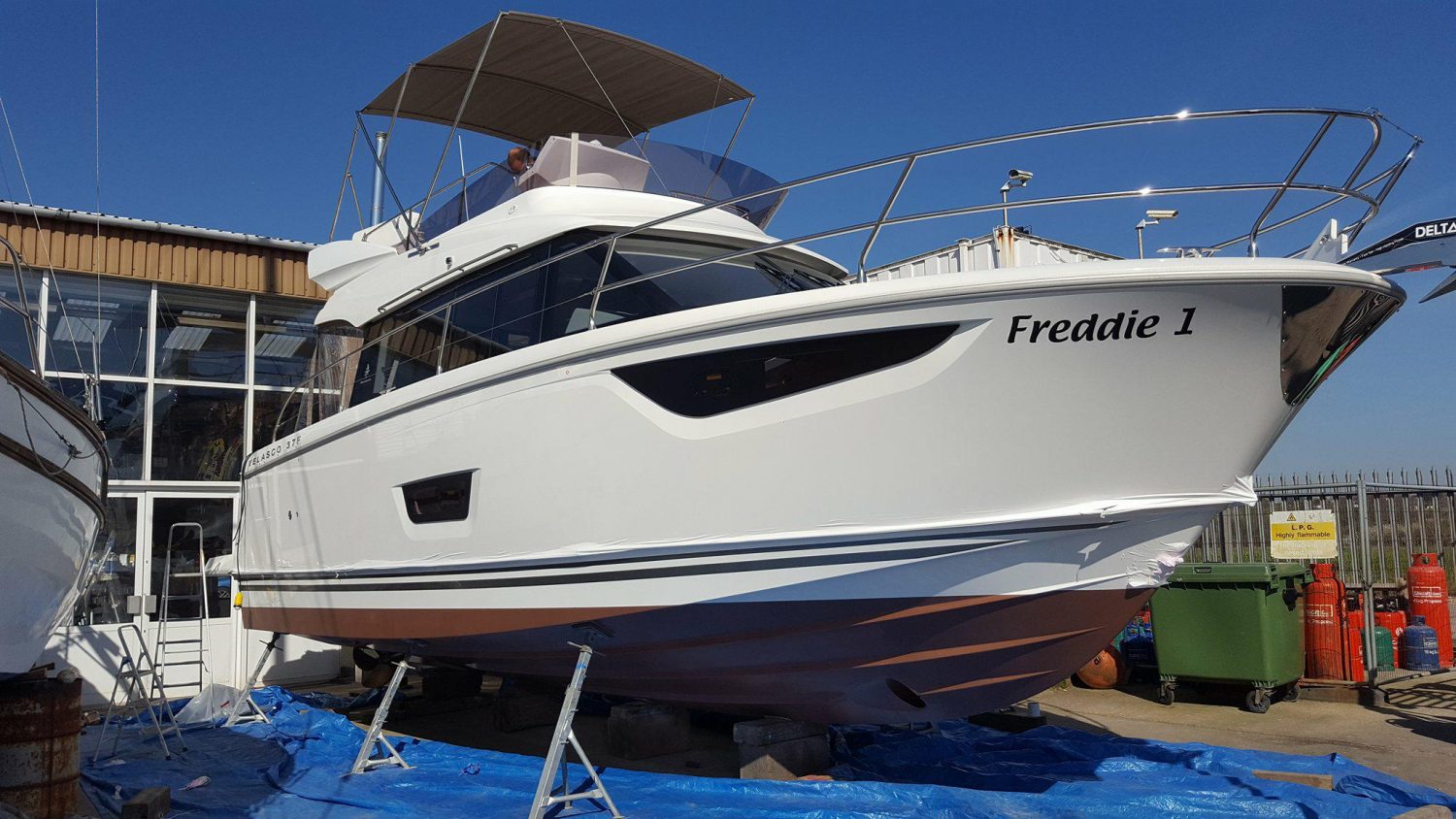
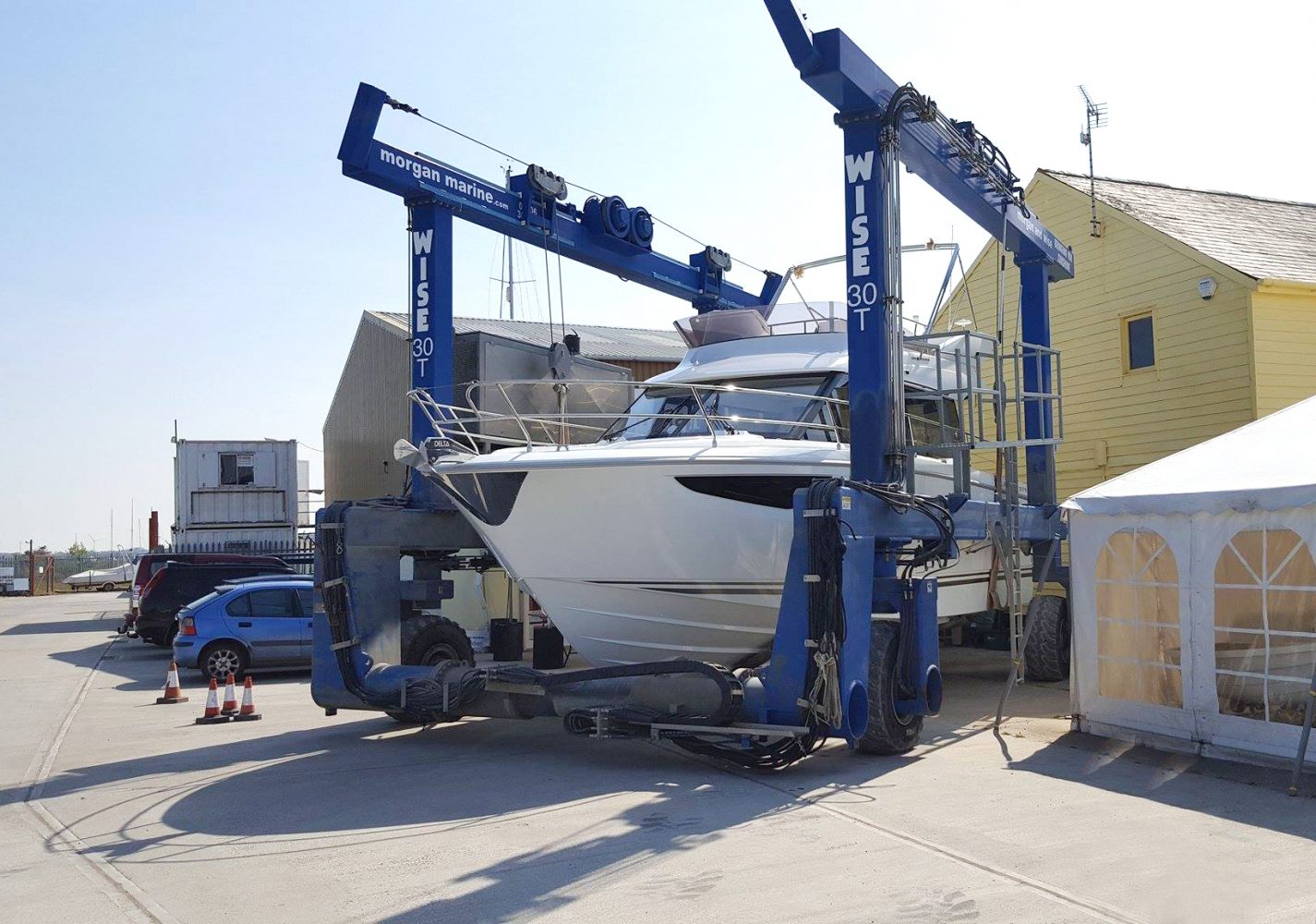
Through living and breathing our mantra of “best in boating”, we are individuals who promote the values of passion, respect, innovation, determination, and excellence.
You’ll possess an awareness of health and safety procedures, and be able to demonstrate that you work to the highest standards. An uncompromising approach to quality of work and customer satisfaction is essential, as well as an unequivocal commitment to assist with the strengthening of team spirit within our boatyard whilst respecting Company policy.
Normal hours of work are 8.00am to 5.00pm Monday to Friday, however you’ll be flexible in your approach and be prepared to work additional hours during peak periods including weekends.
Location: Brightlingsea, Essex
Full-time position.
Salary: circa £14,000.00 to £20,000.00 p/a – dependent on experience
Please apply by emailing: oli@morganmarine.com with a covering letter (and CV if possible).
No callers at this stage please.
back to posts
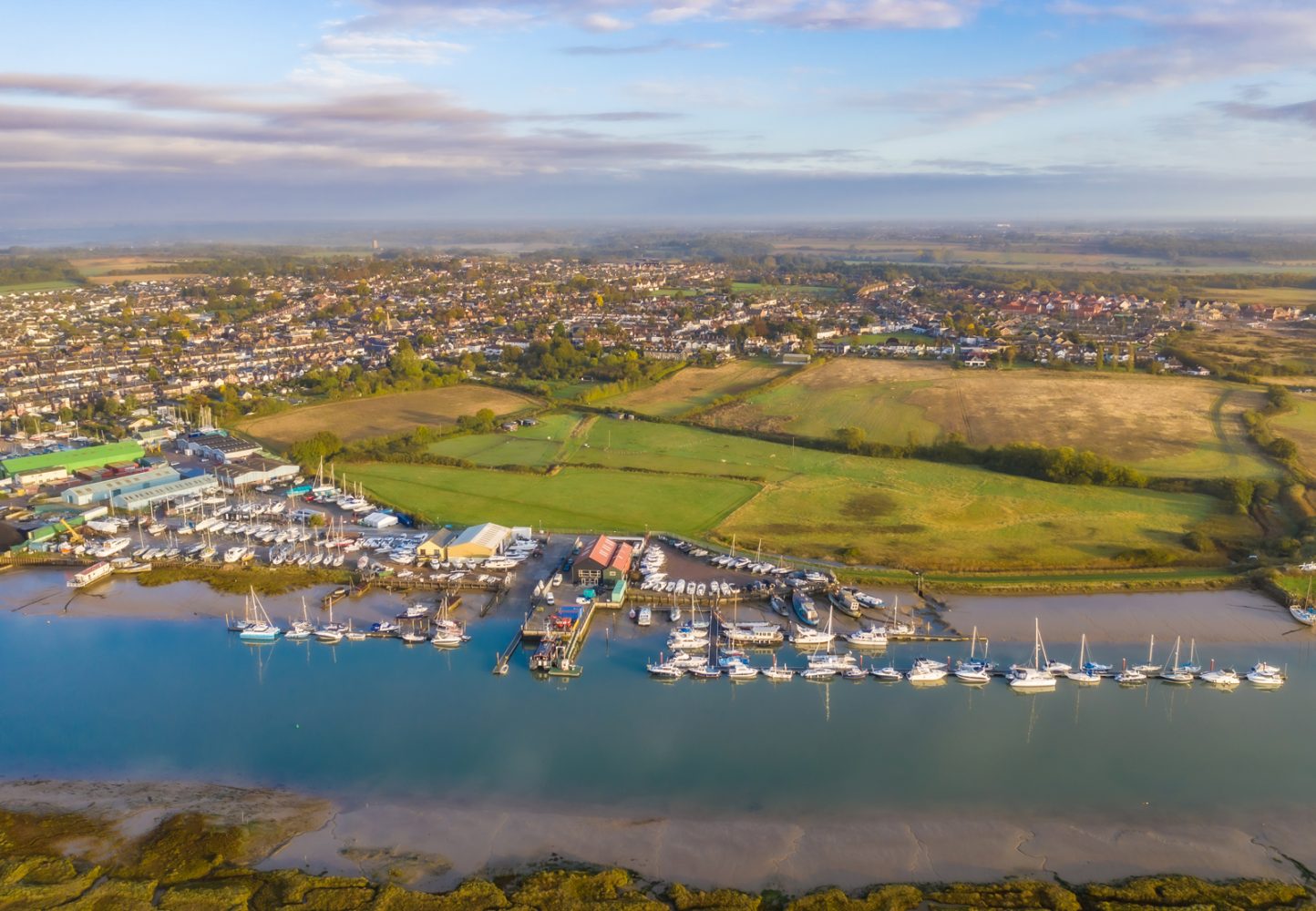
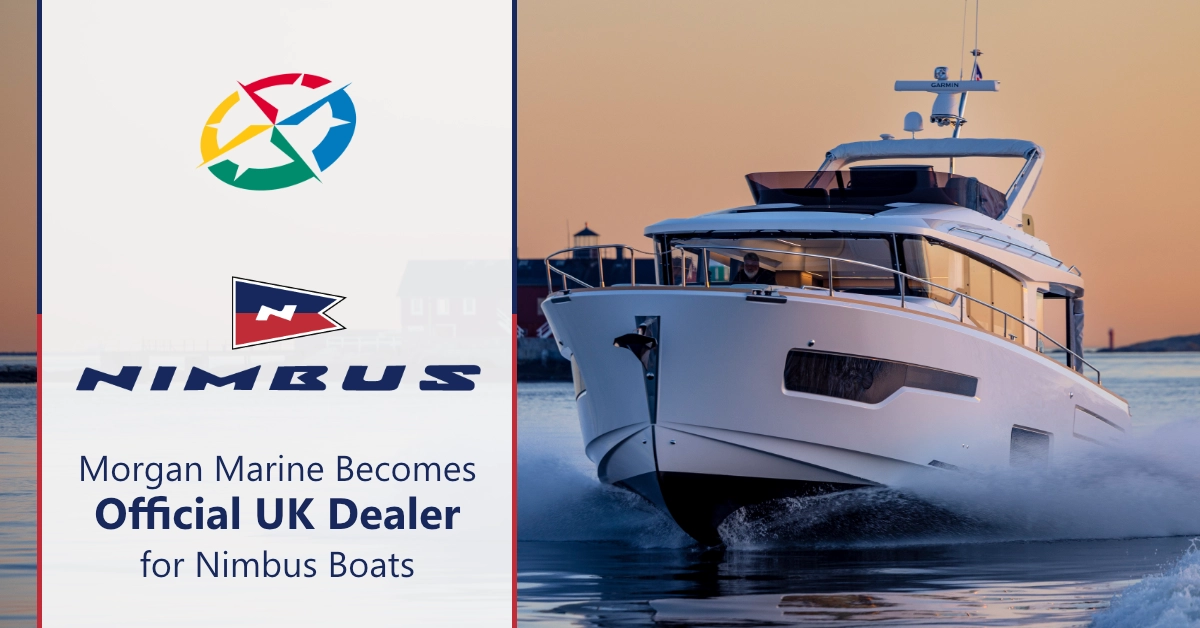

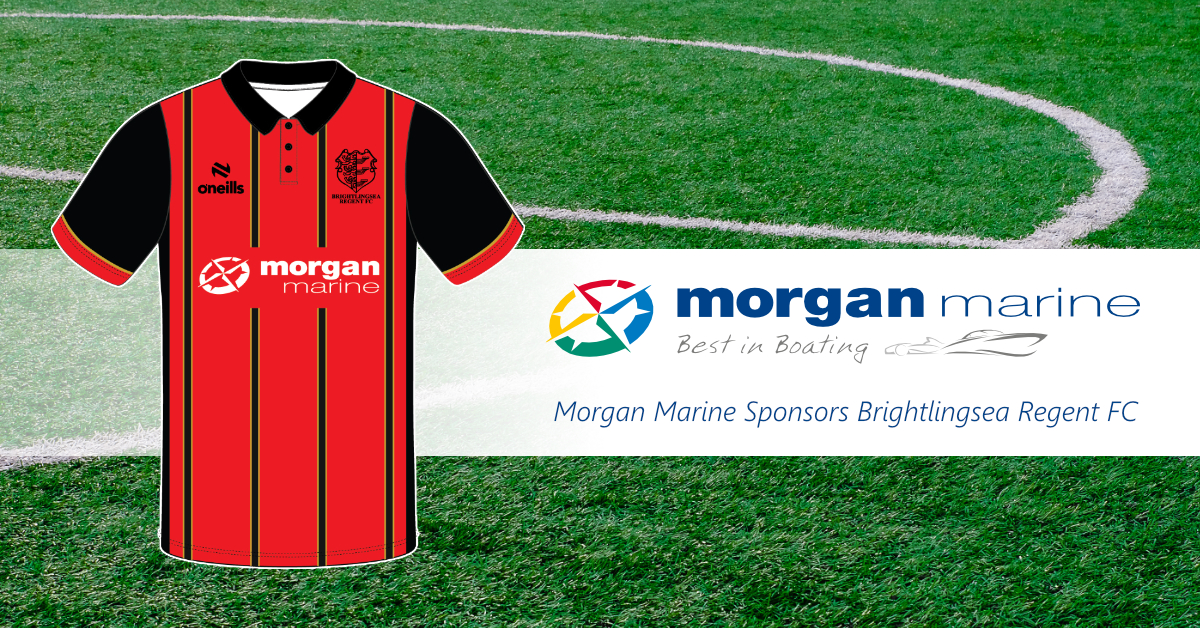
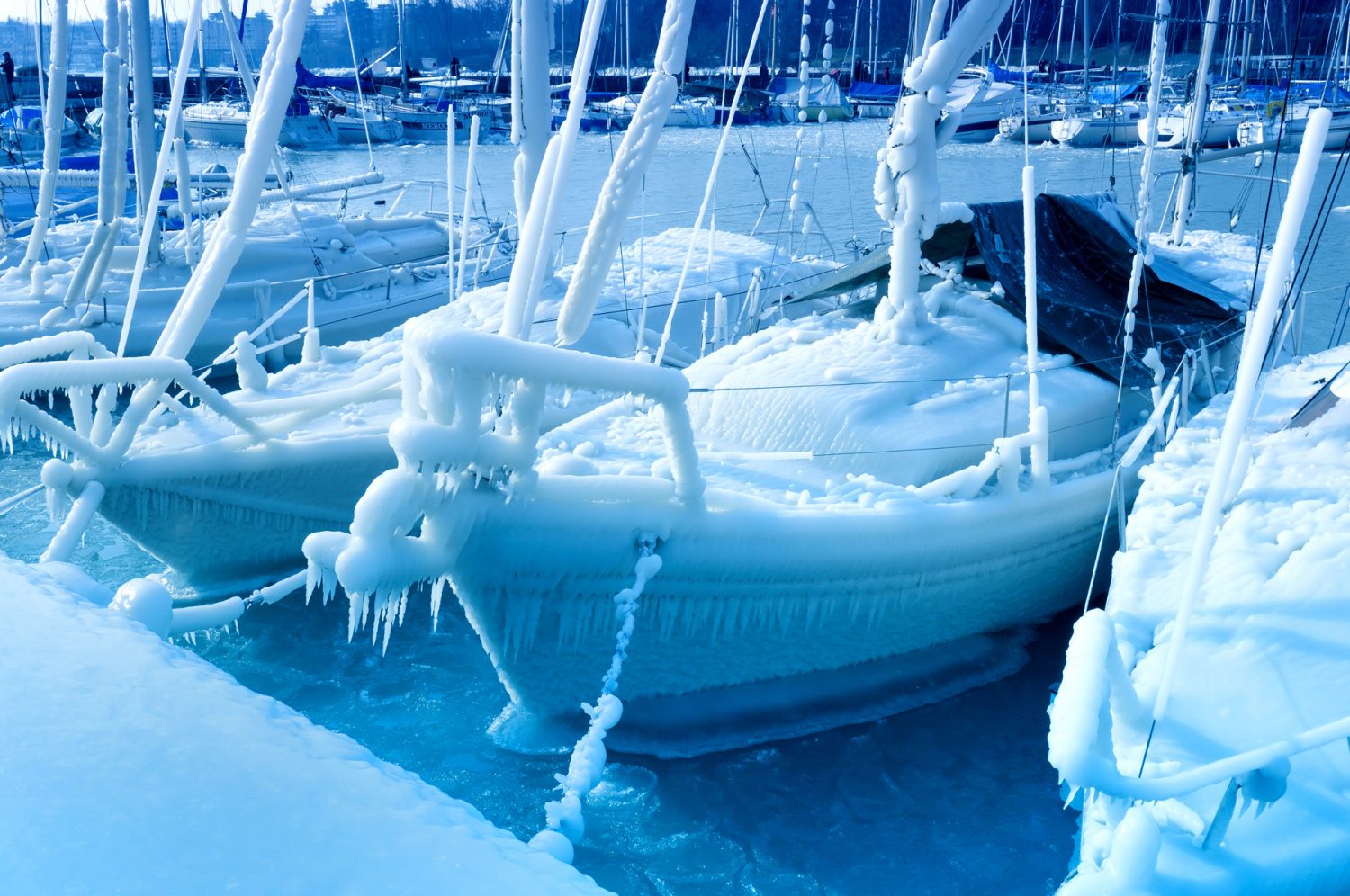
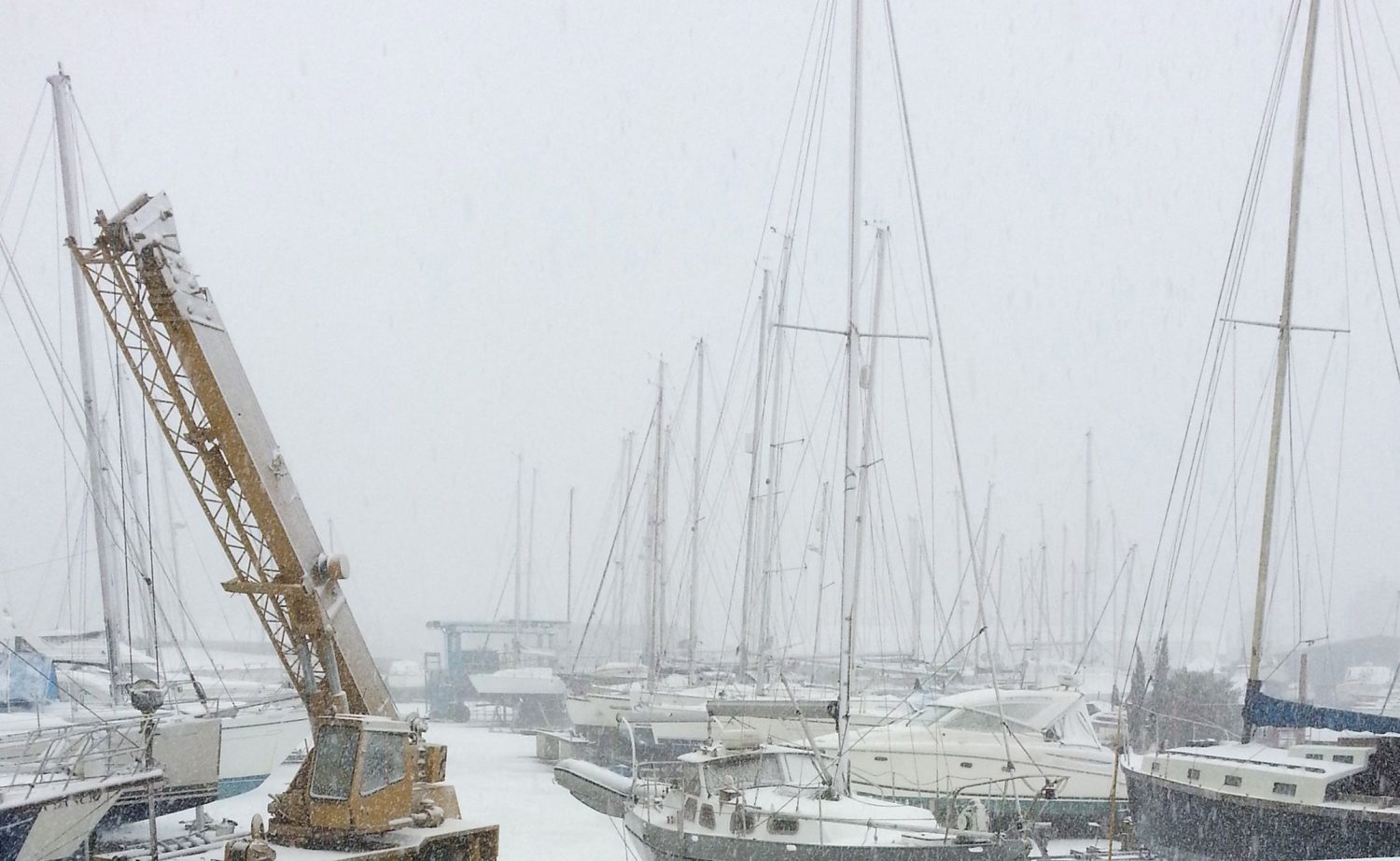
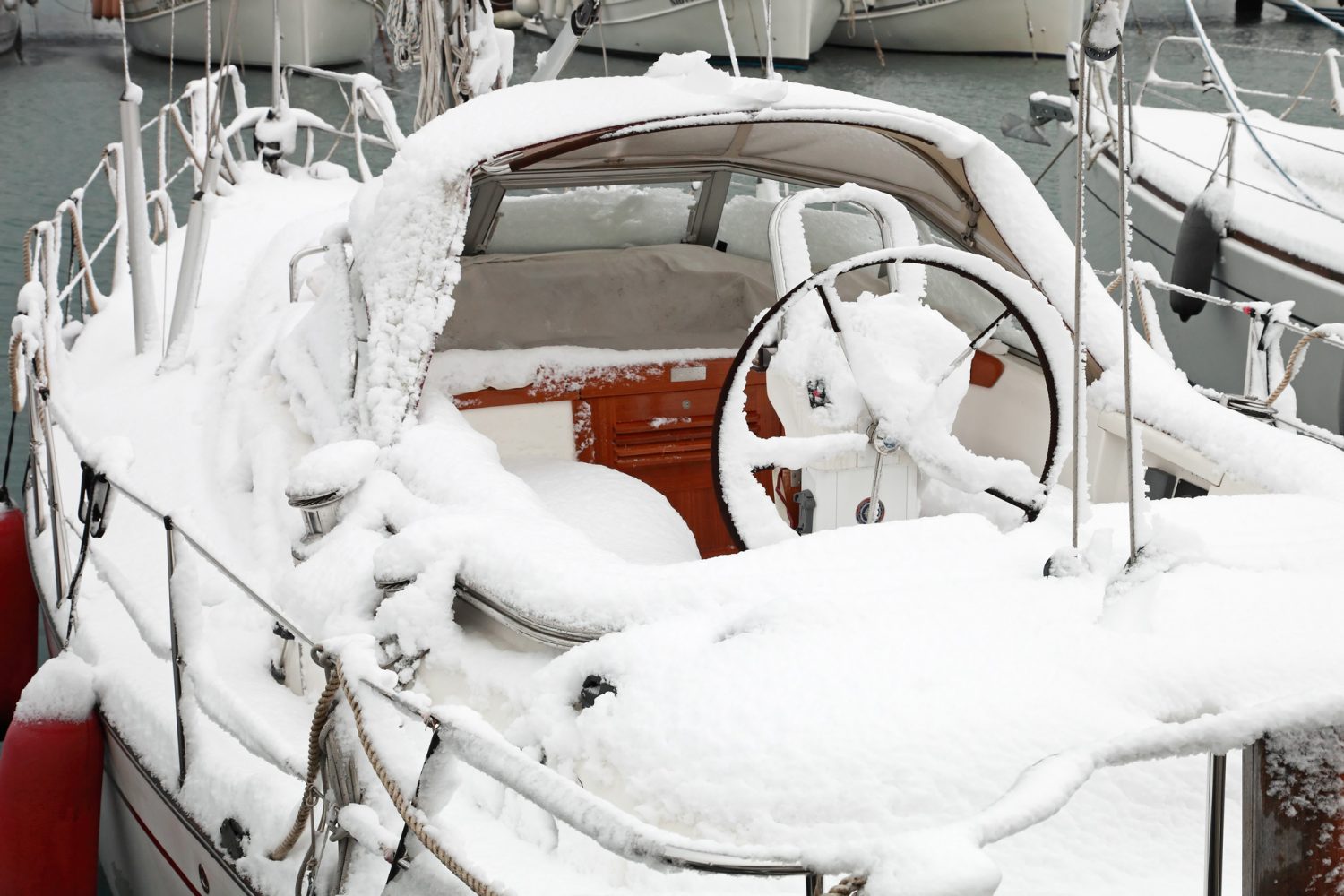
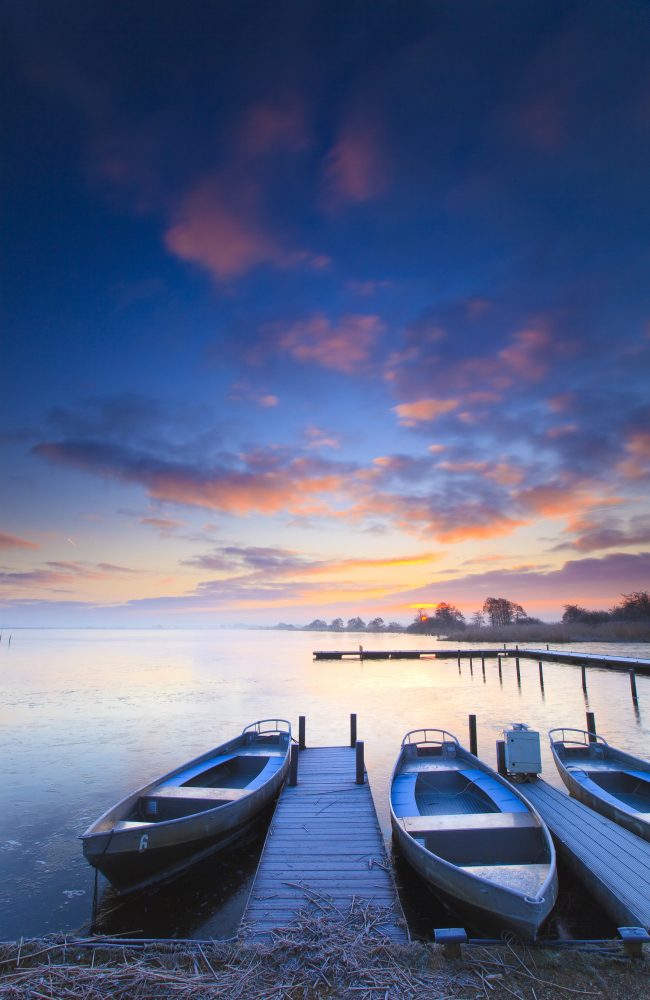
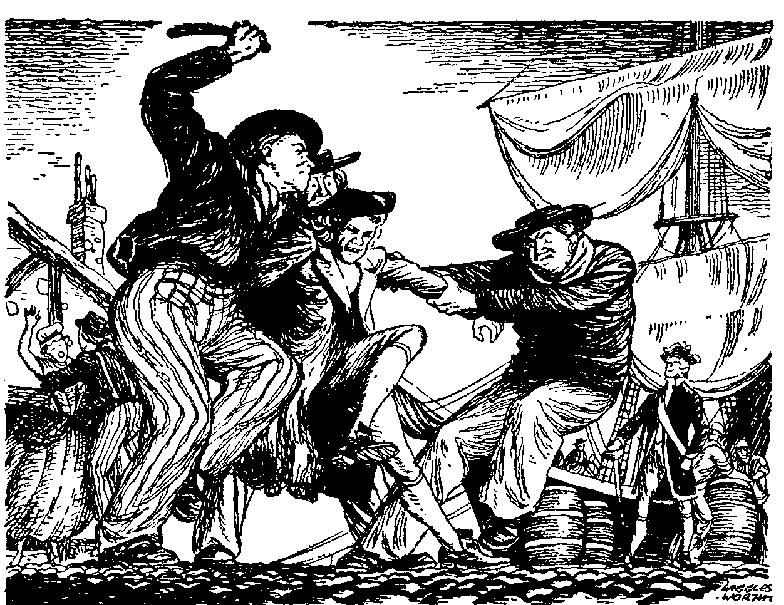
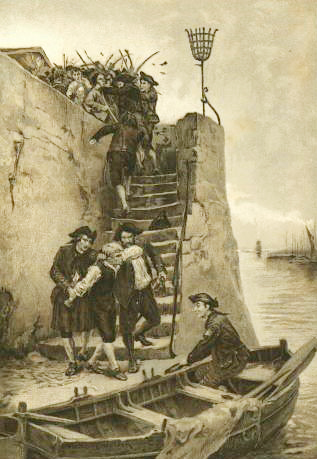
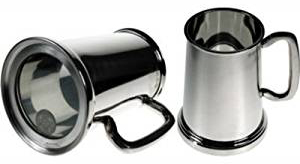

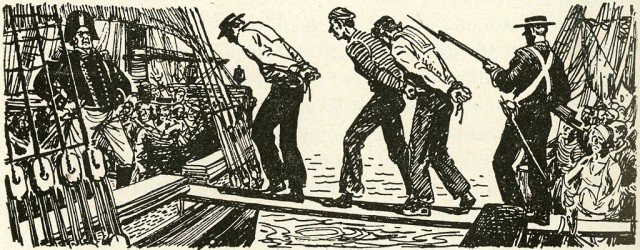 It worth adding that aside from ‘official’ press gangs, it wasn’t unheard of unscrupulous merchant and even pirate captains to use a more…’streamlined’ system shallop we say, where unwitting conscripts woke up to find themselves on board a ship miles out at sea with a lump on their head and the prospect of not seeing land again for many many months!
It worth adding that aside from ‘official’ press gangs, it wasn’t unheard of unscrupulous merchant and even pirate captains to use a more…’streamlined’ system shallop we say, where unwitting conscripts woke up to find themselves on board a ship miles out at sea with a lump on their head and the prospect of not seeing land again for many many months!